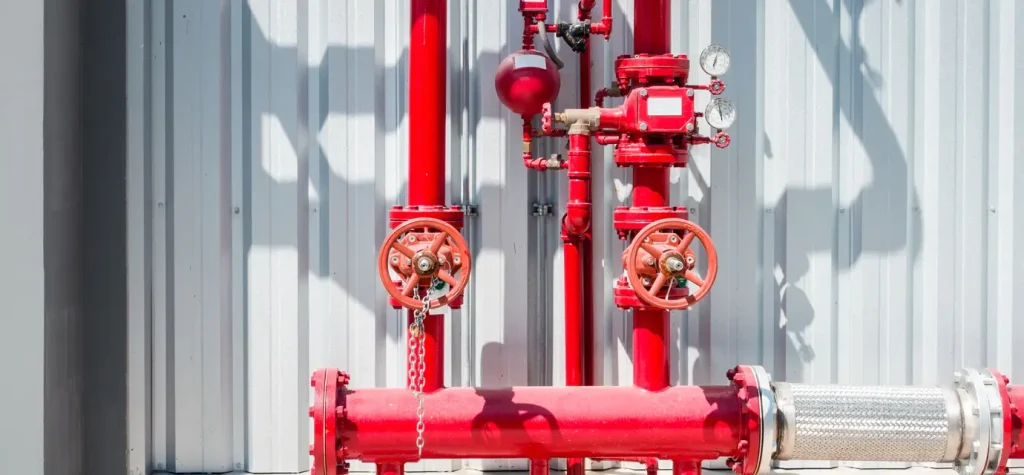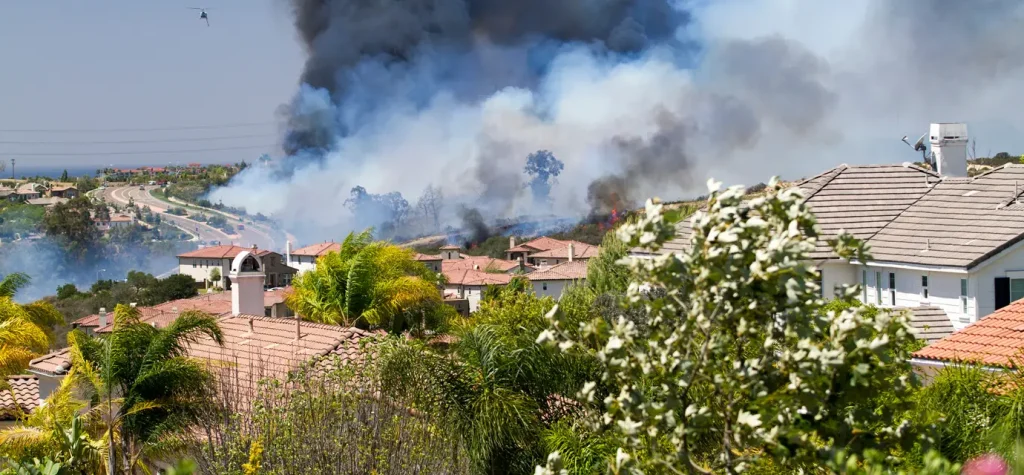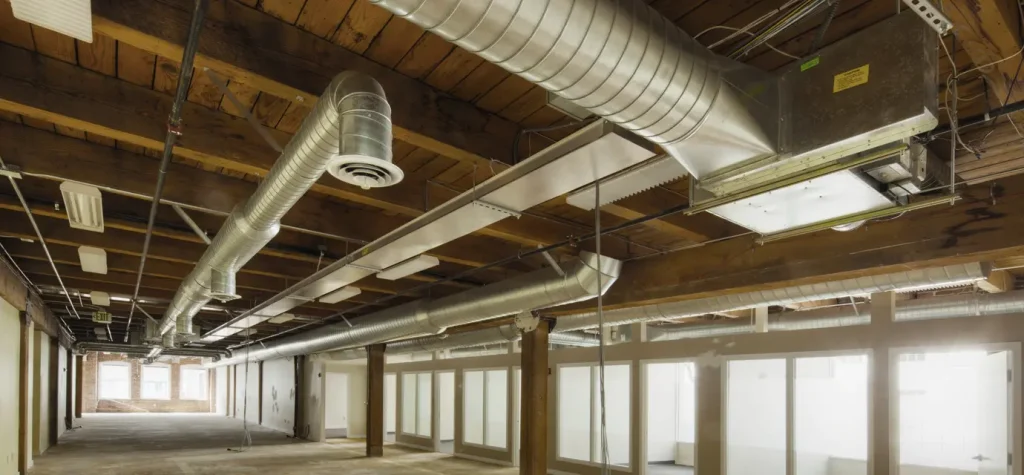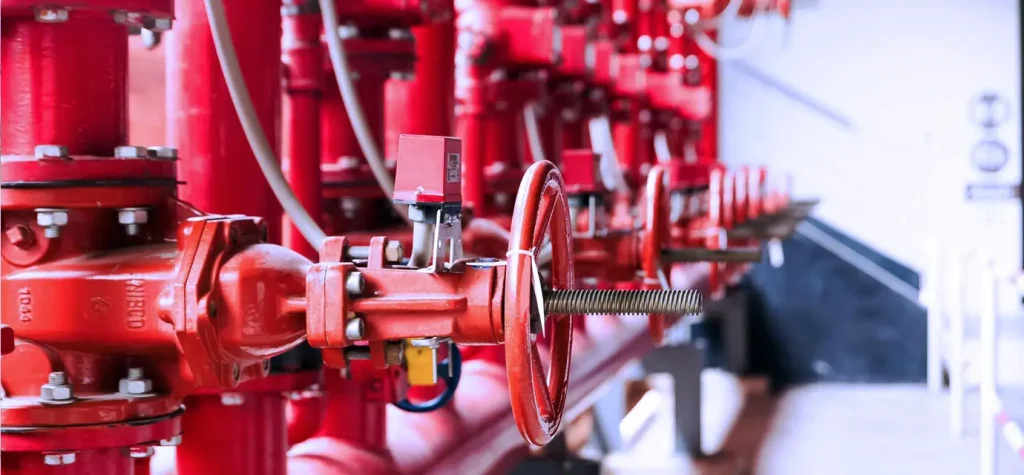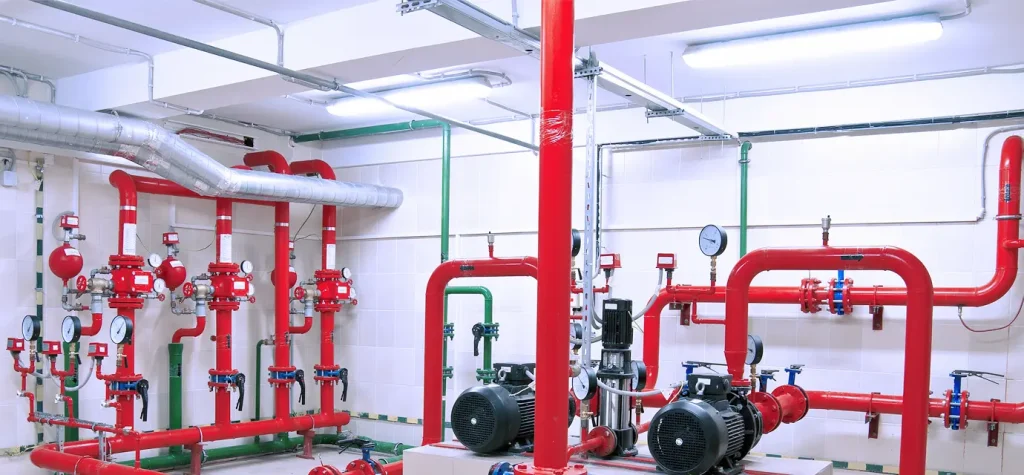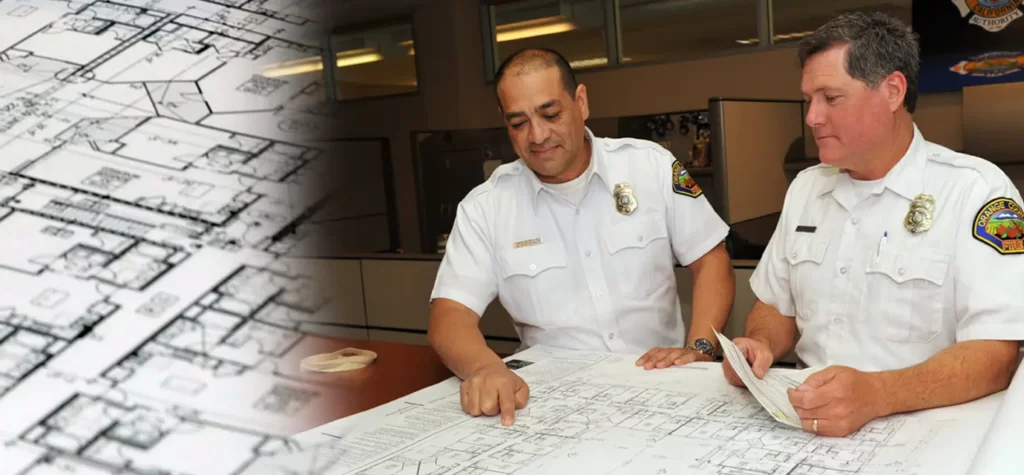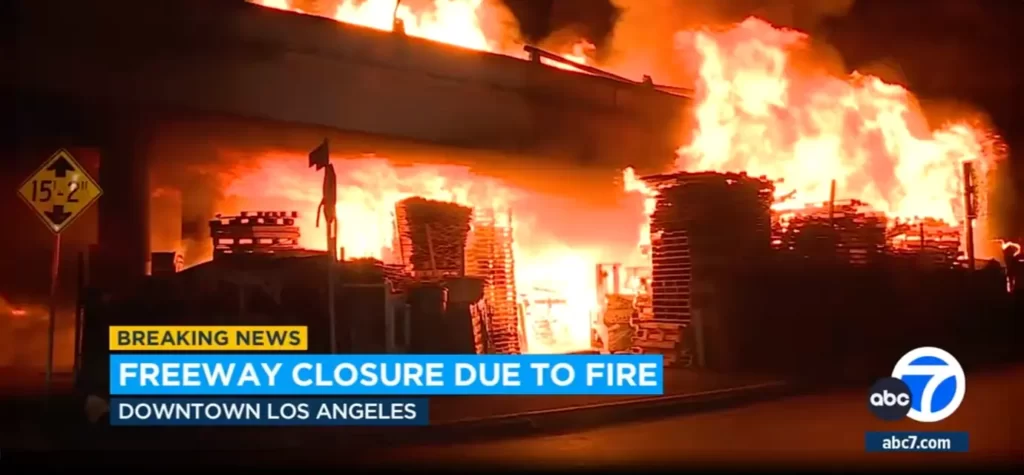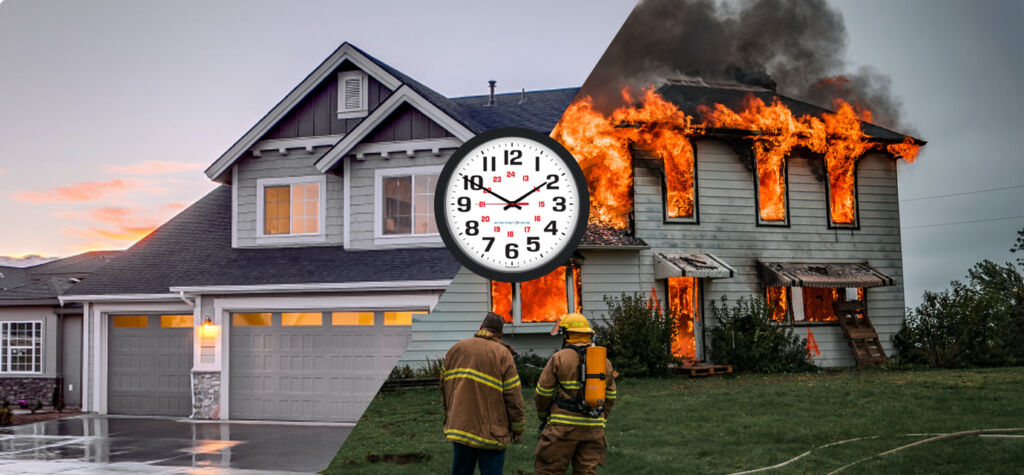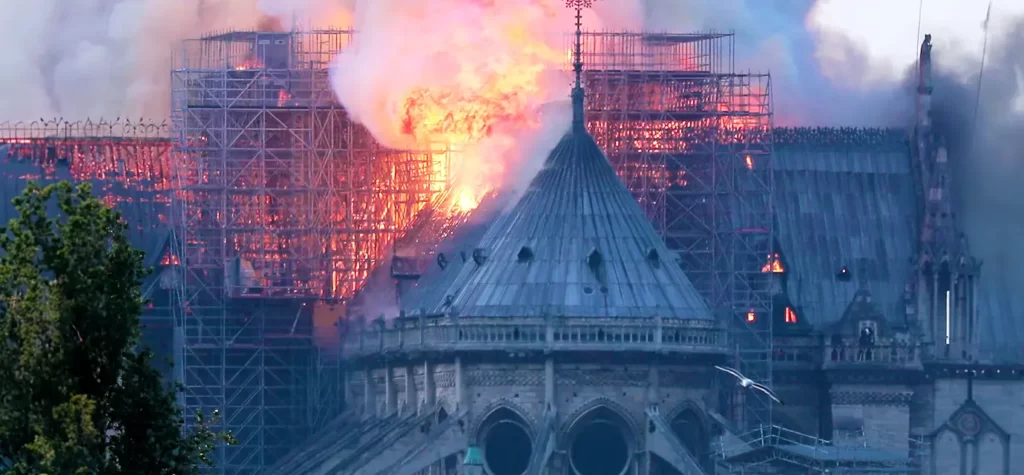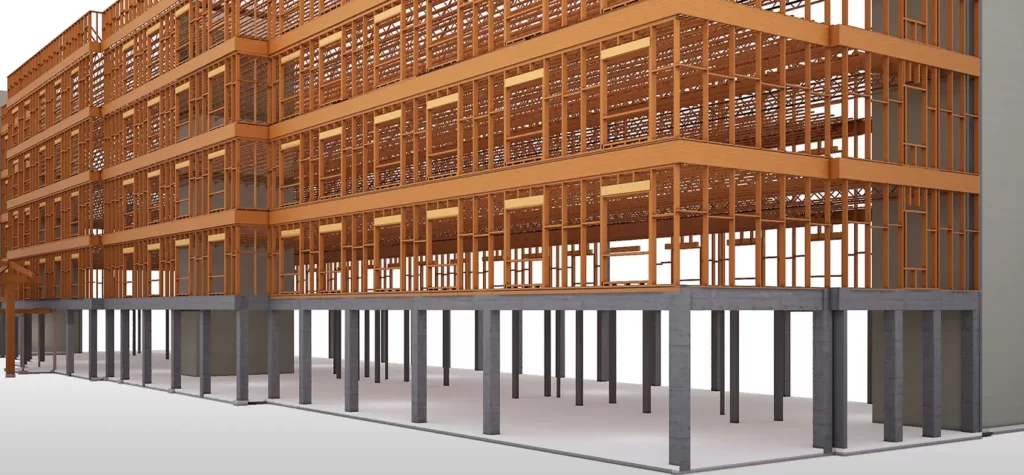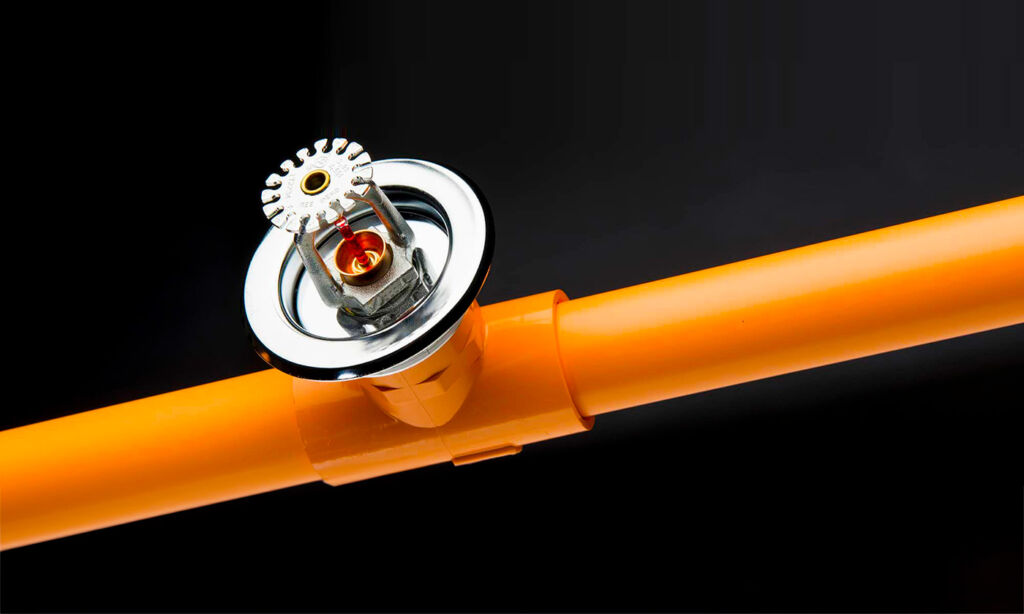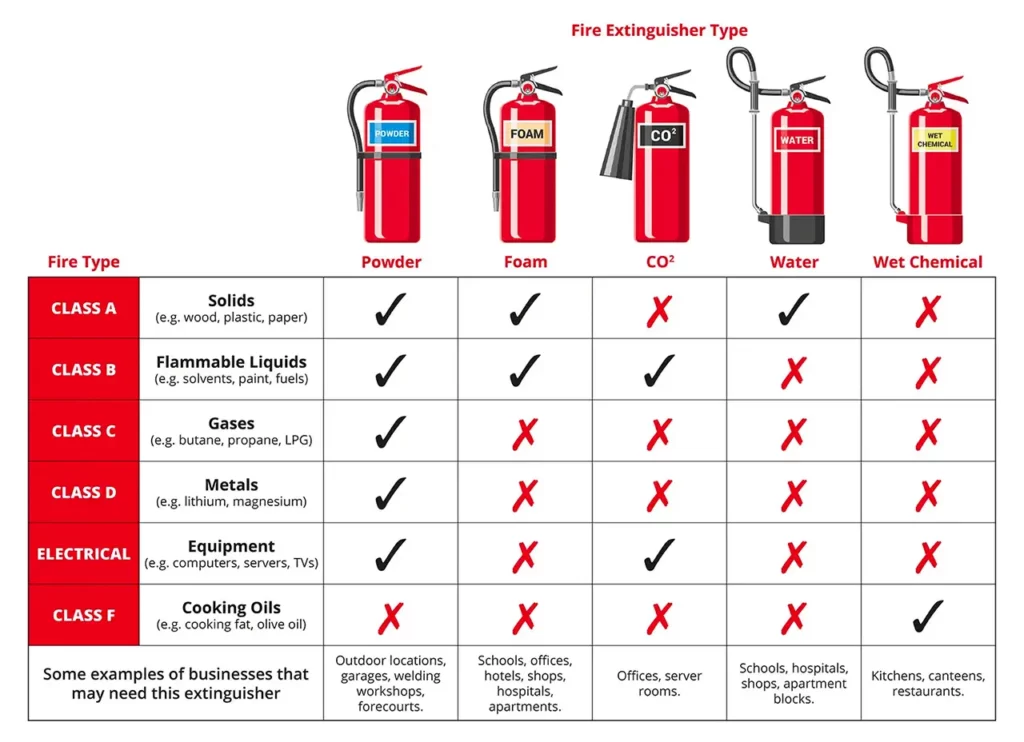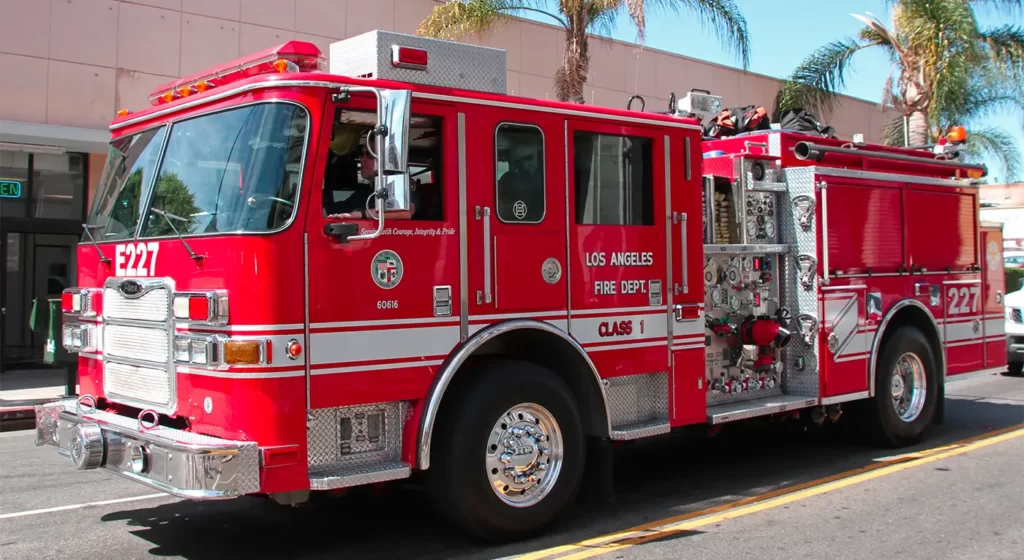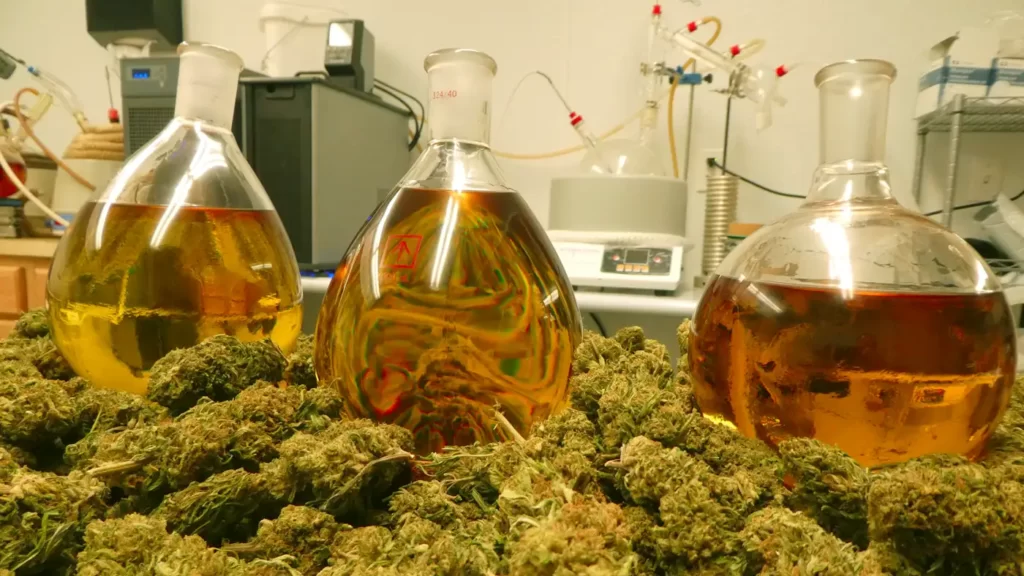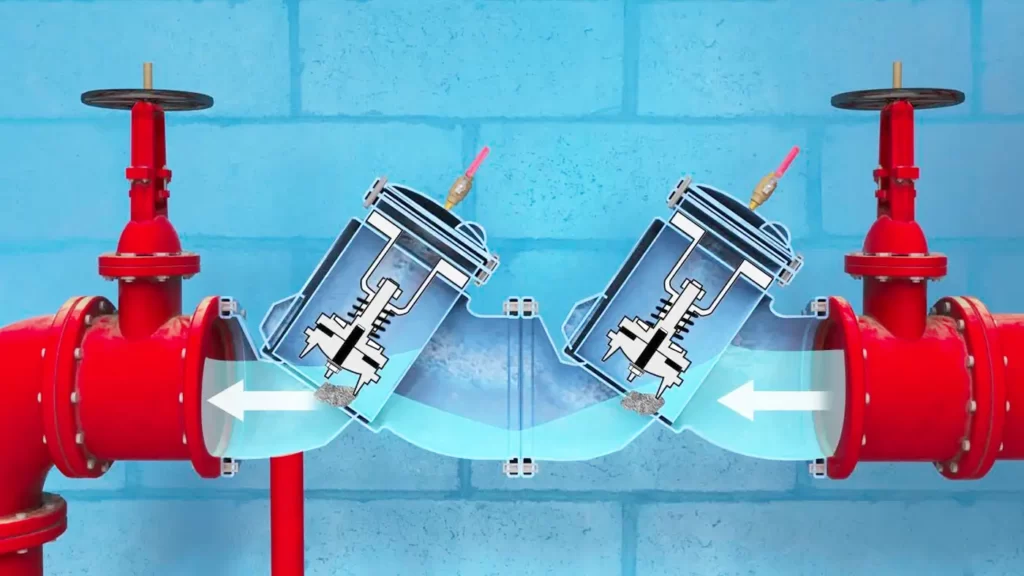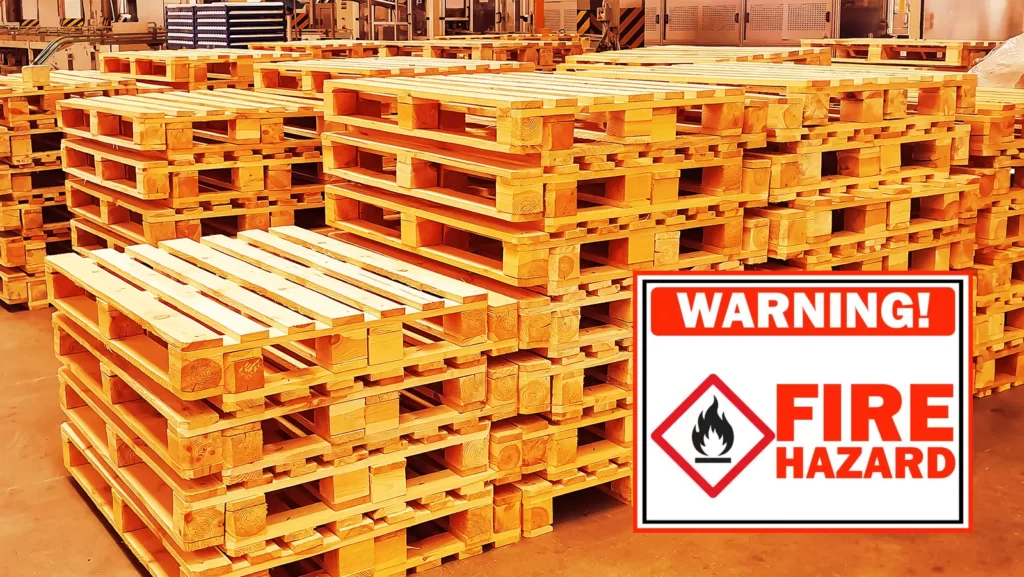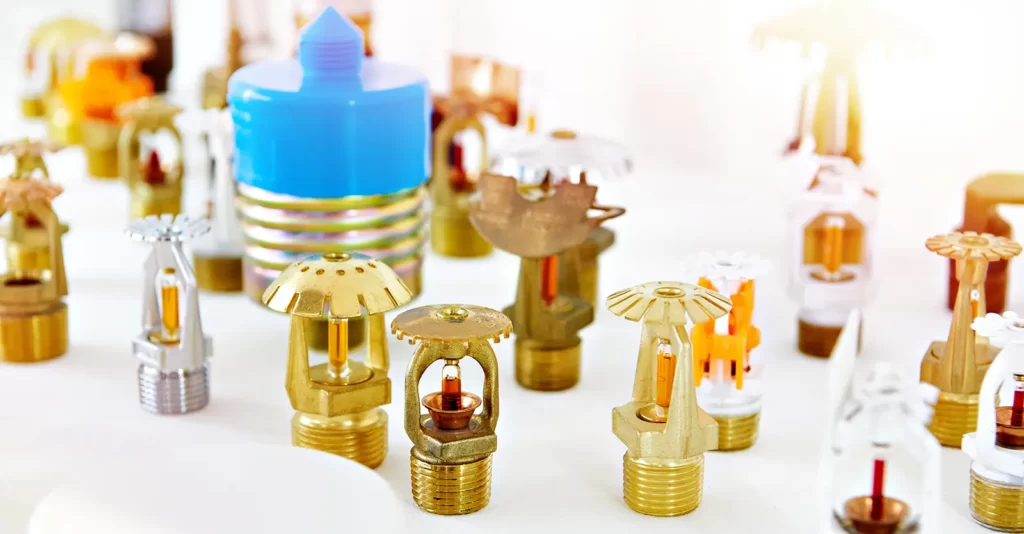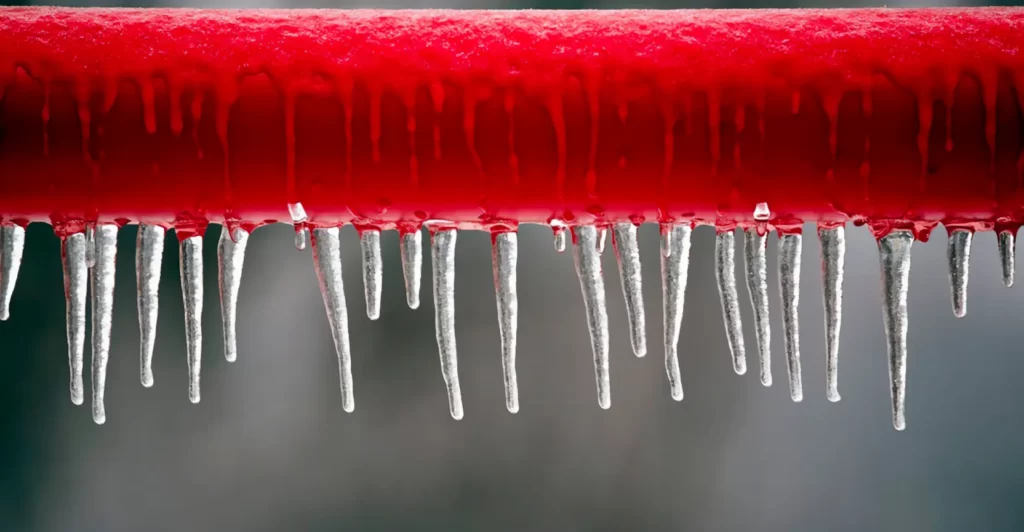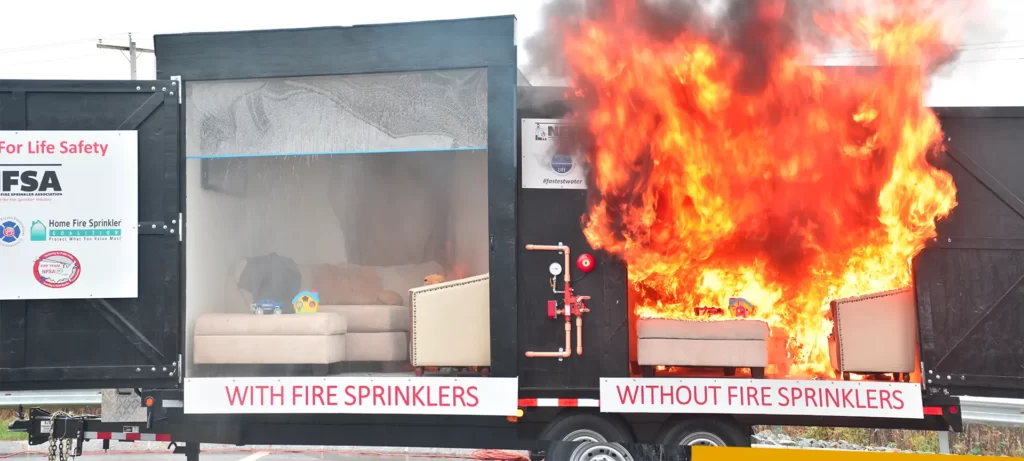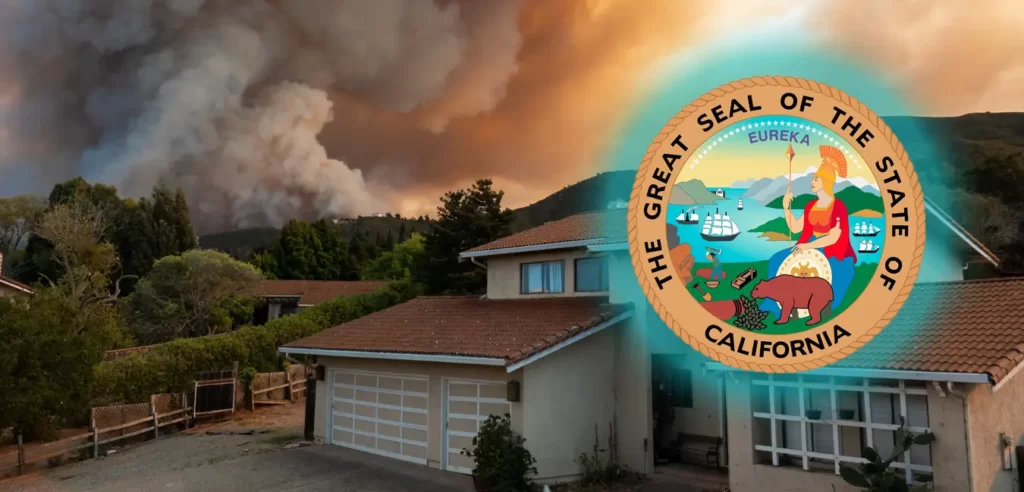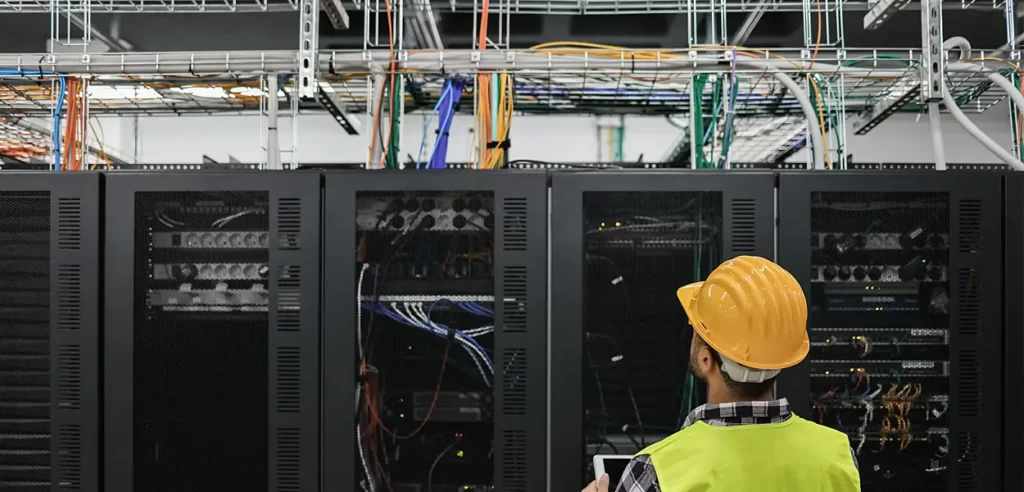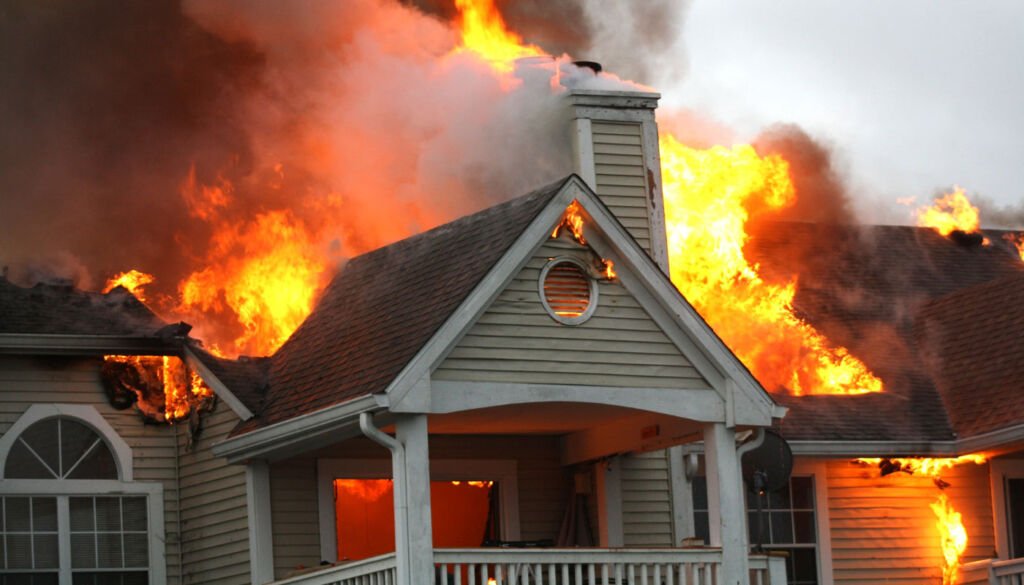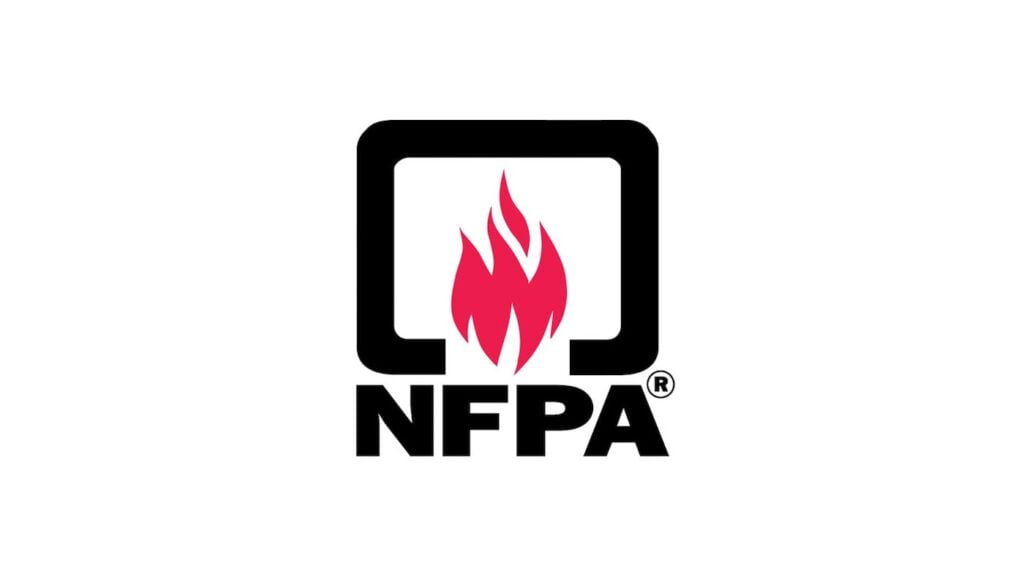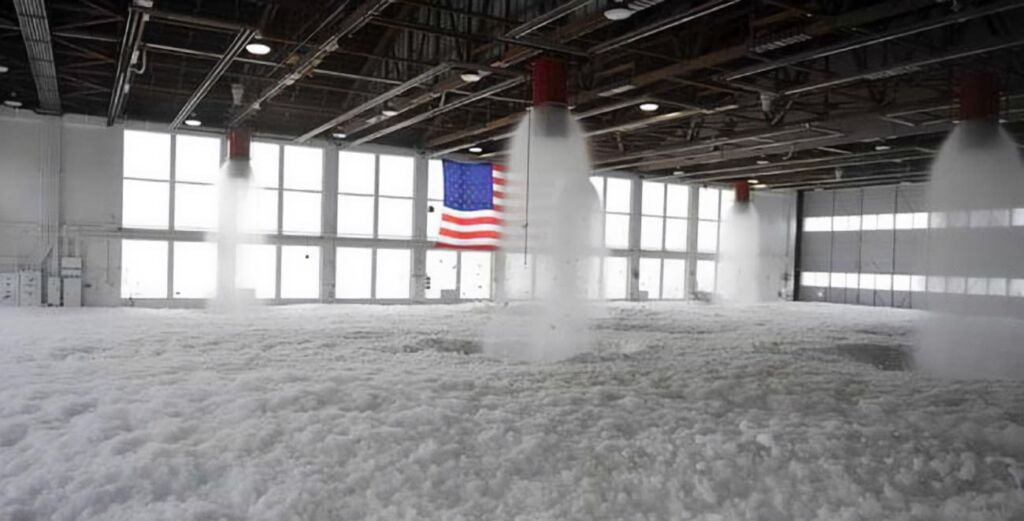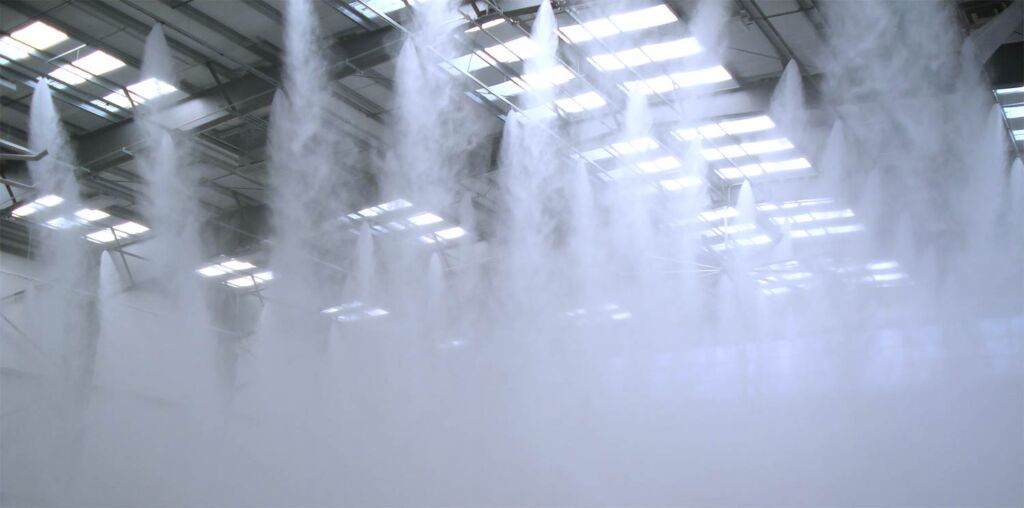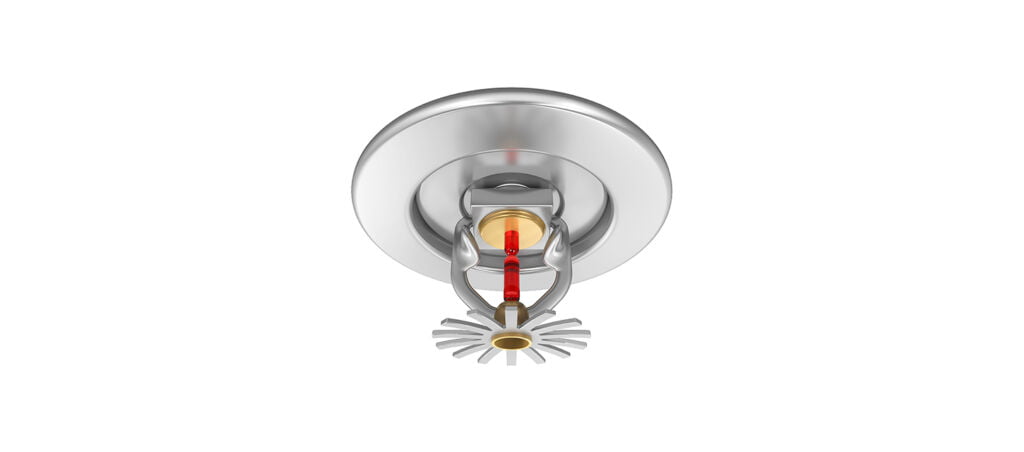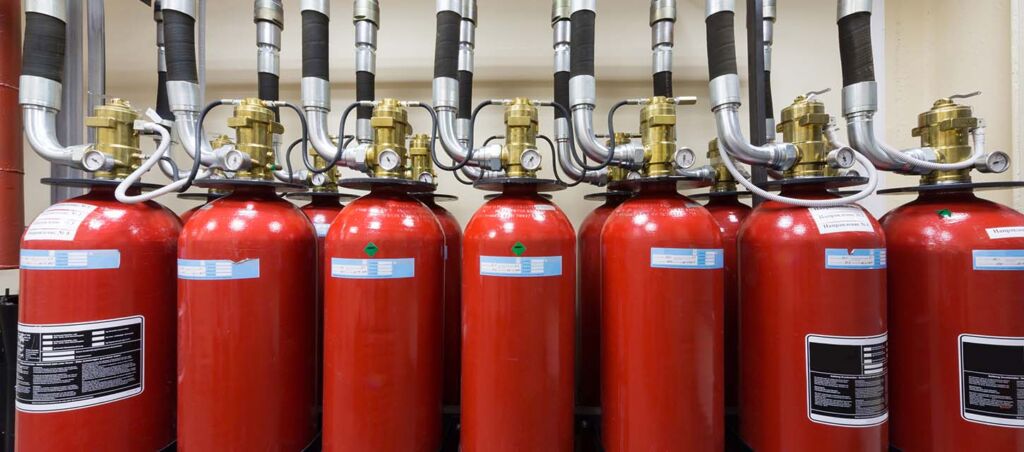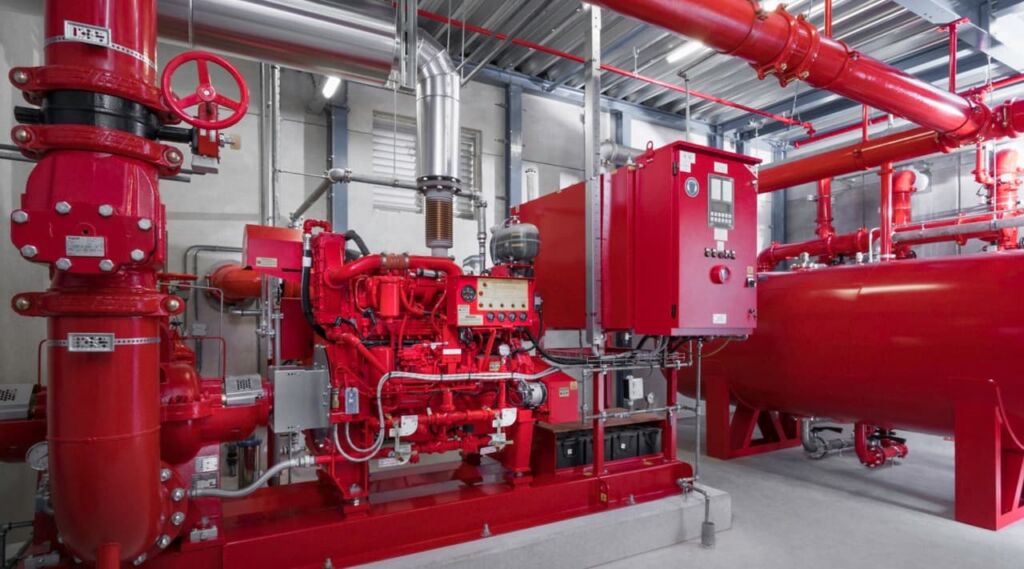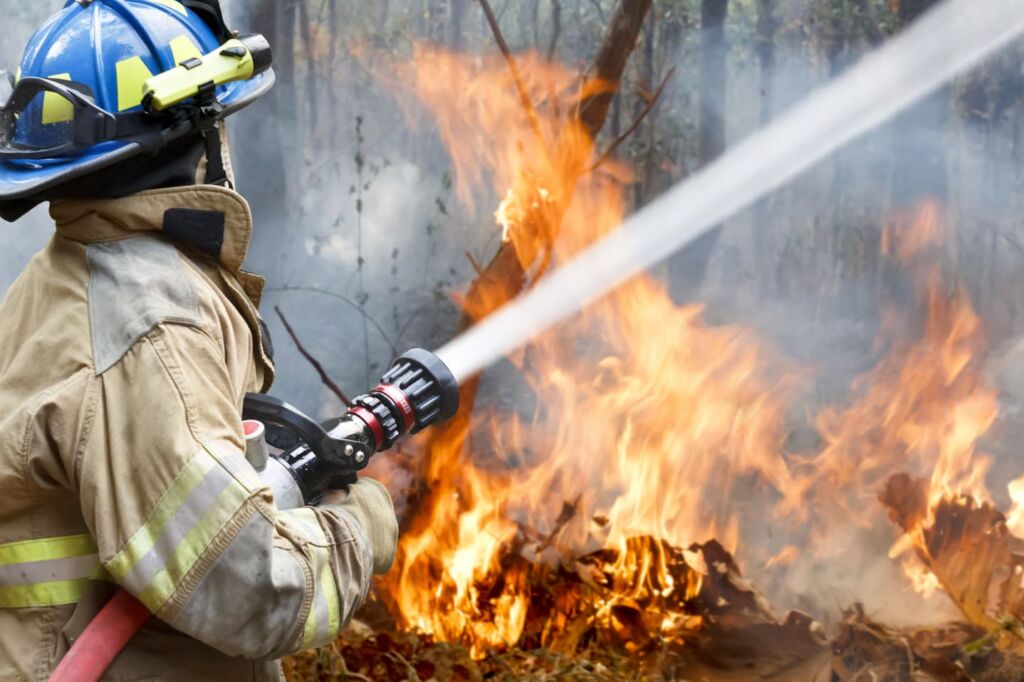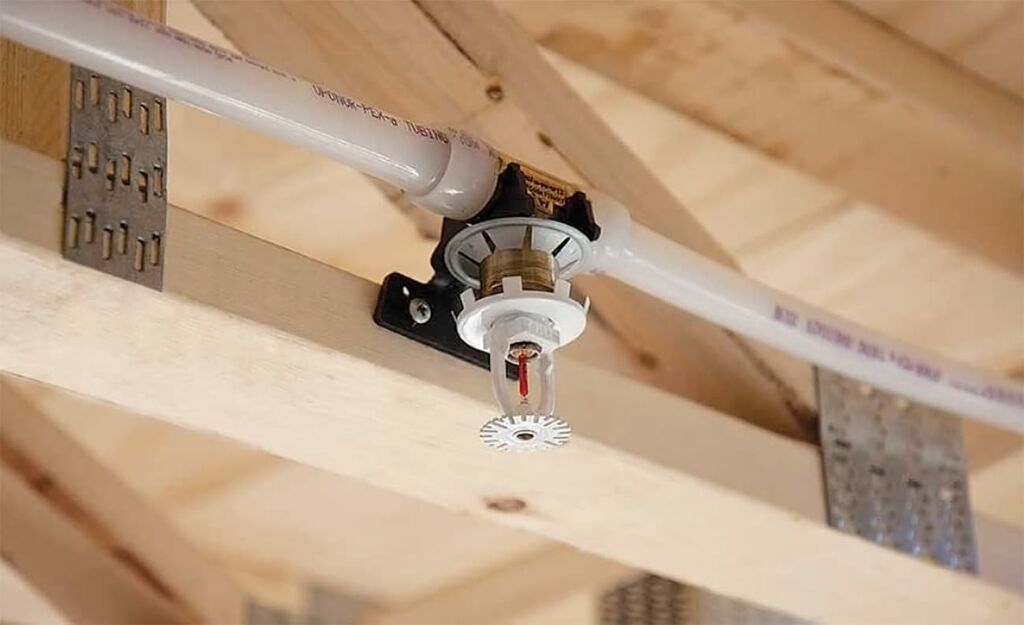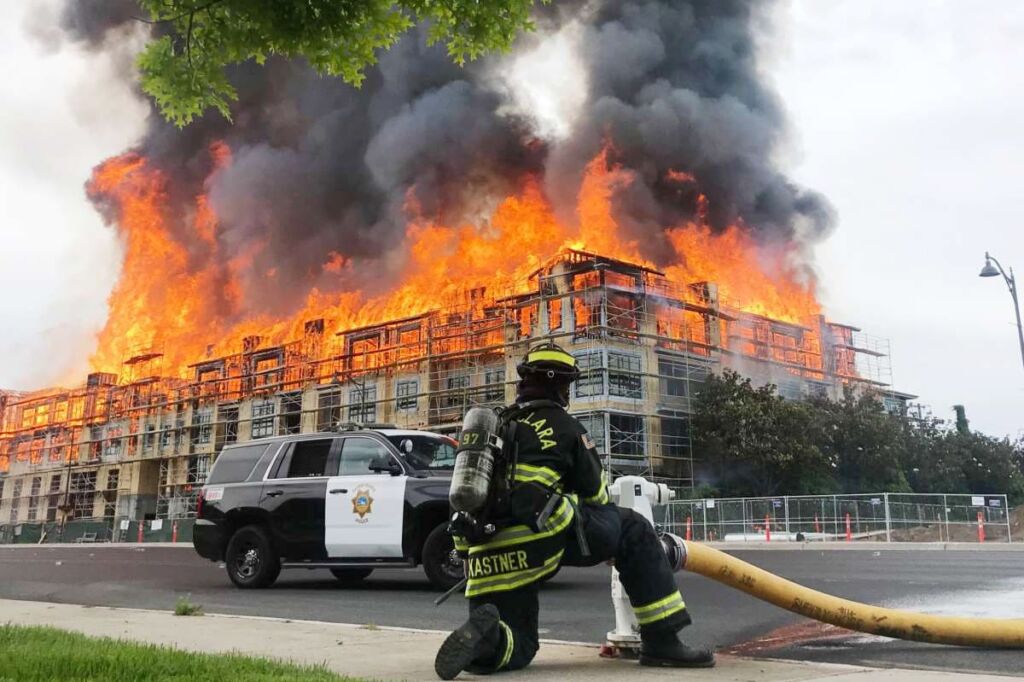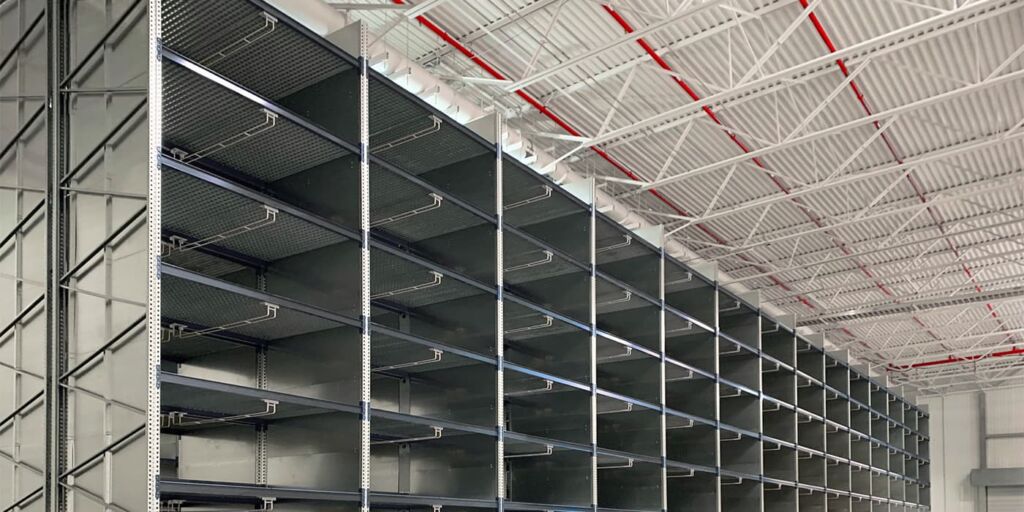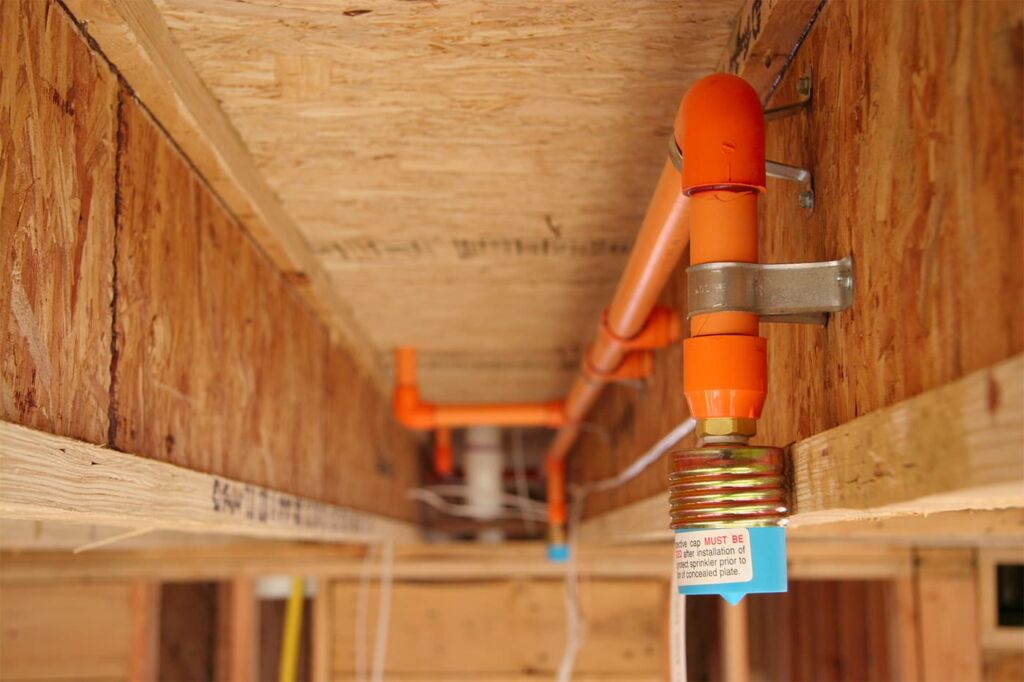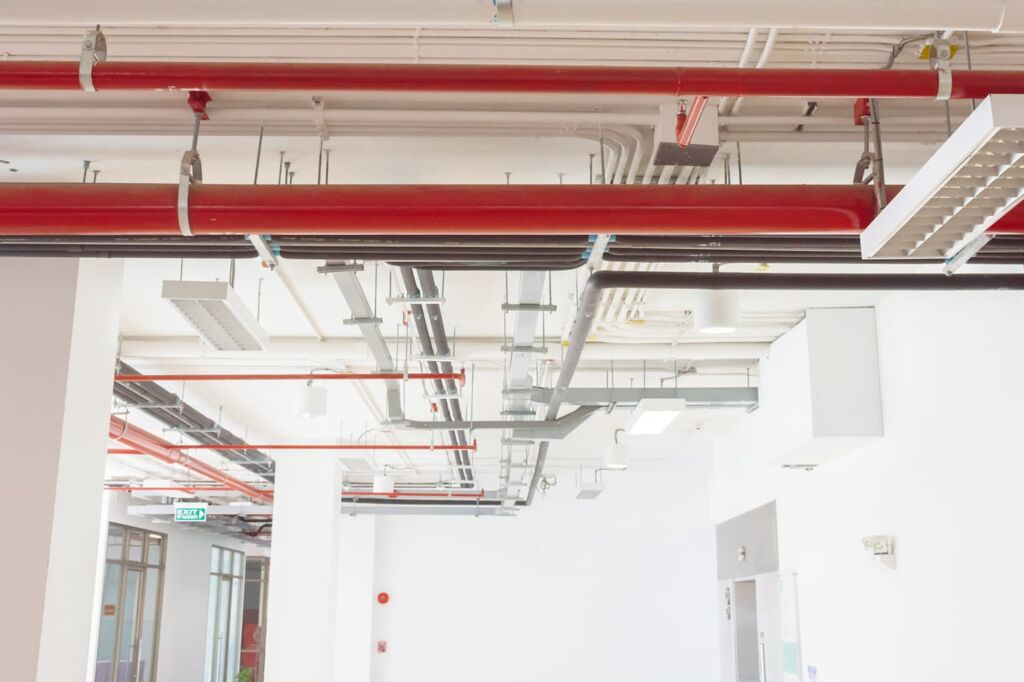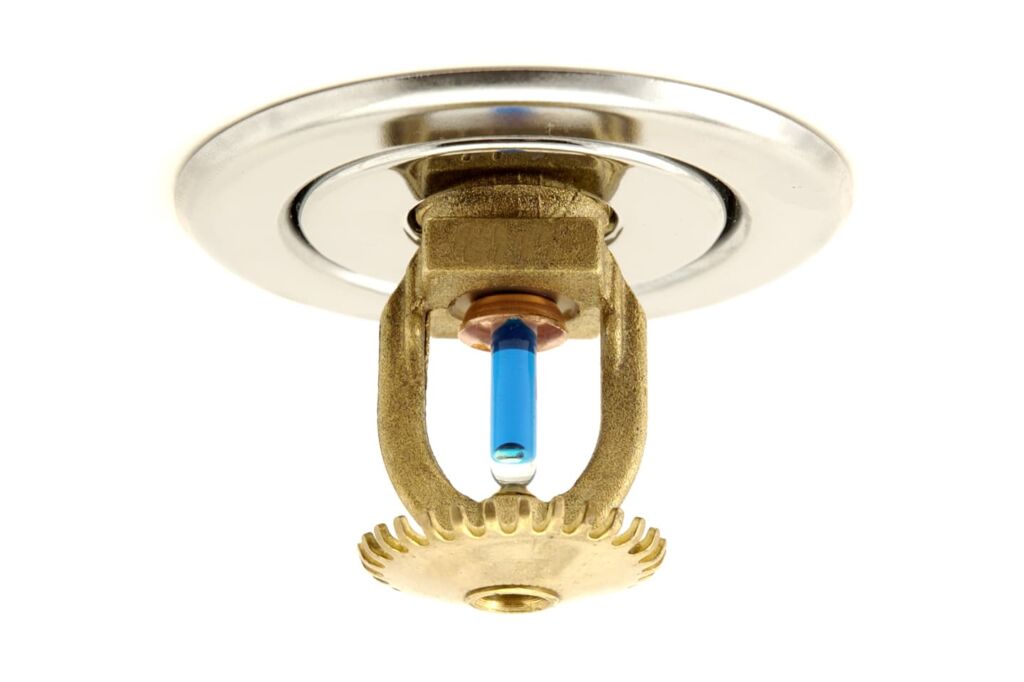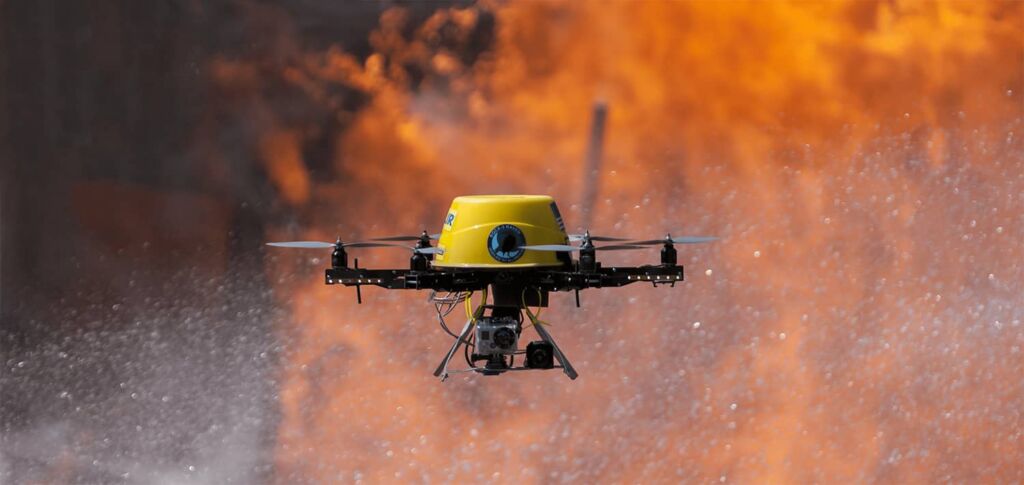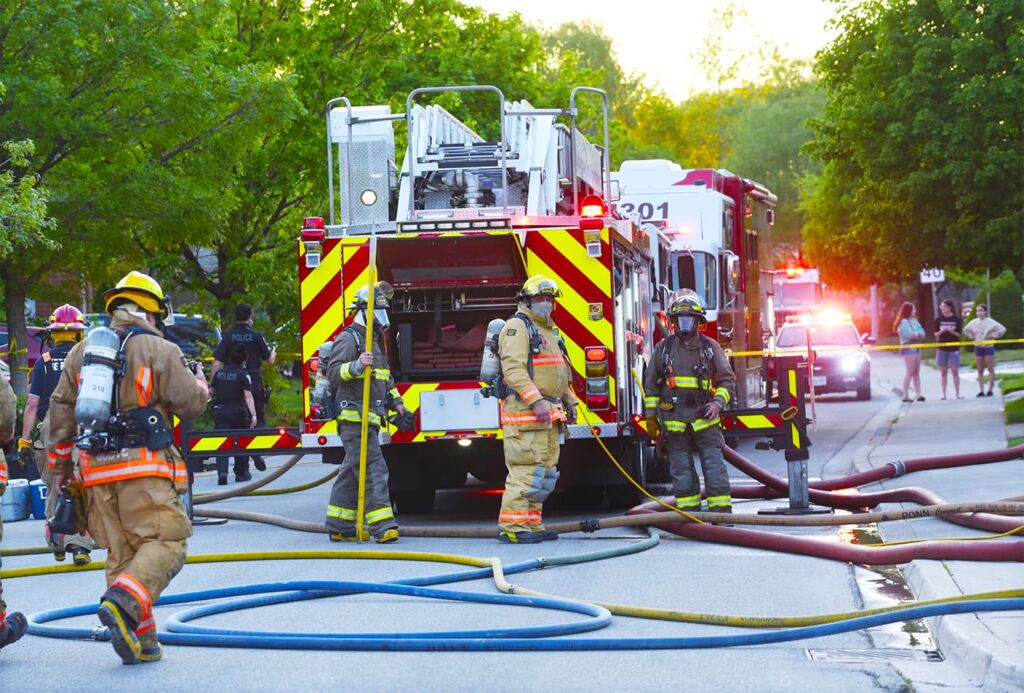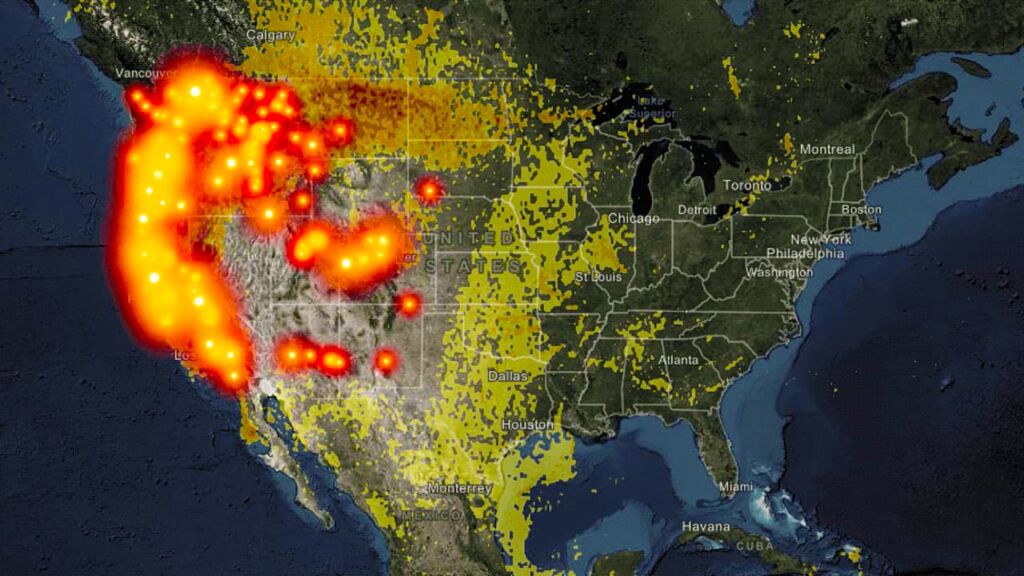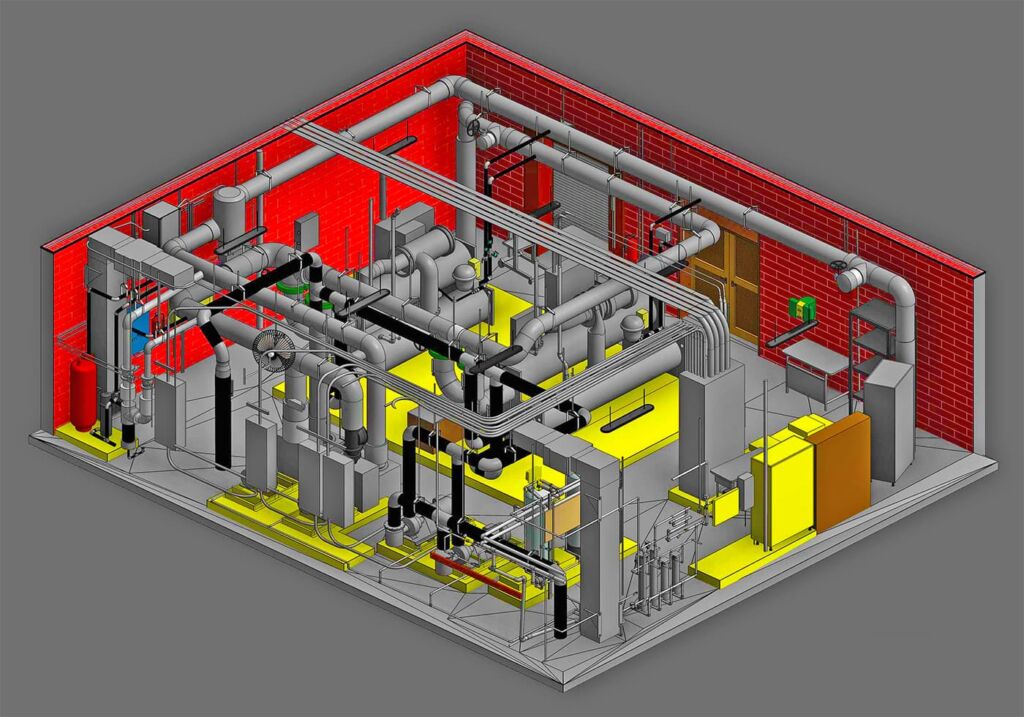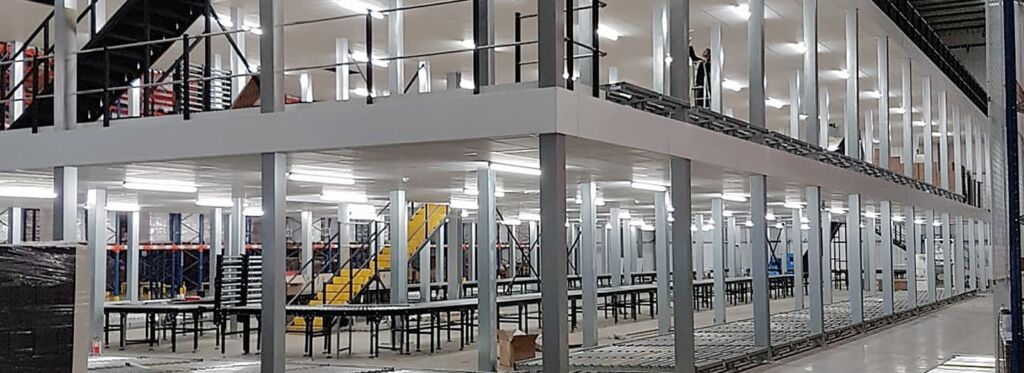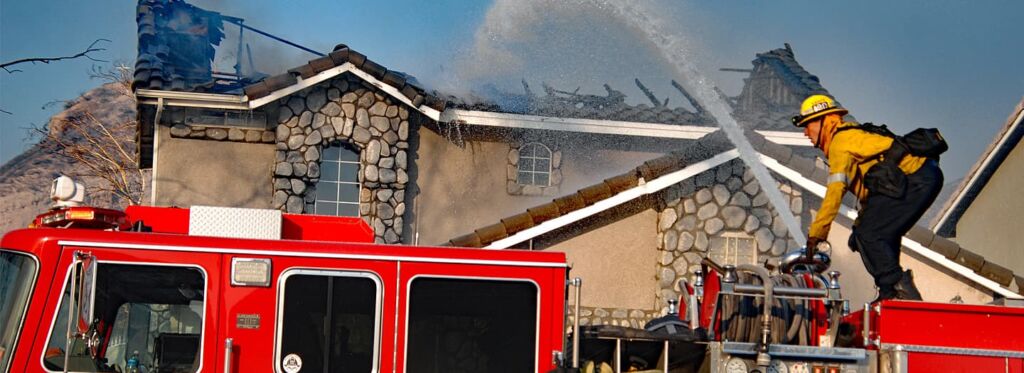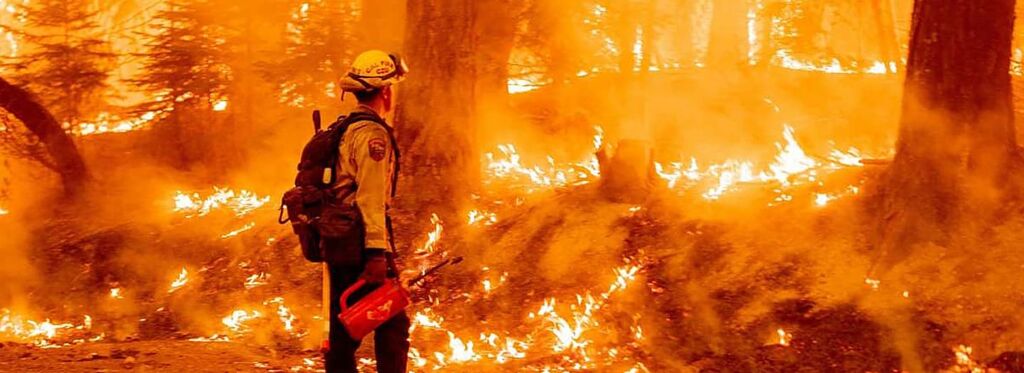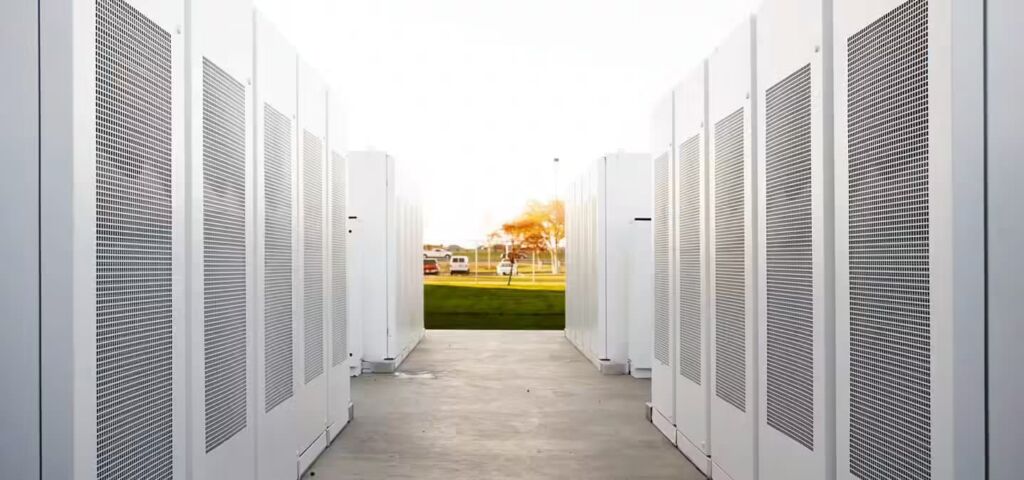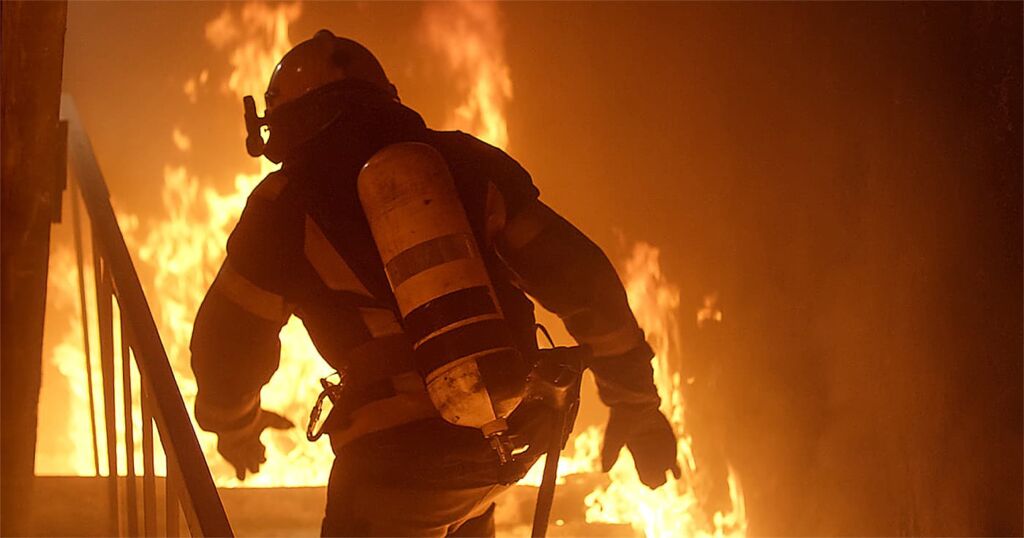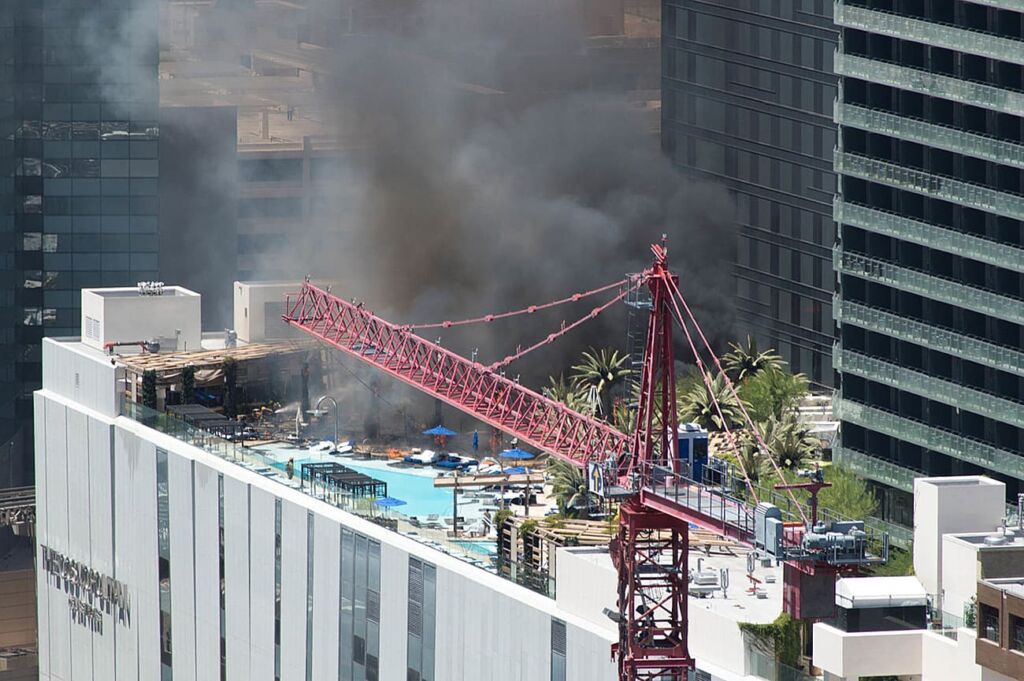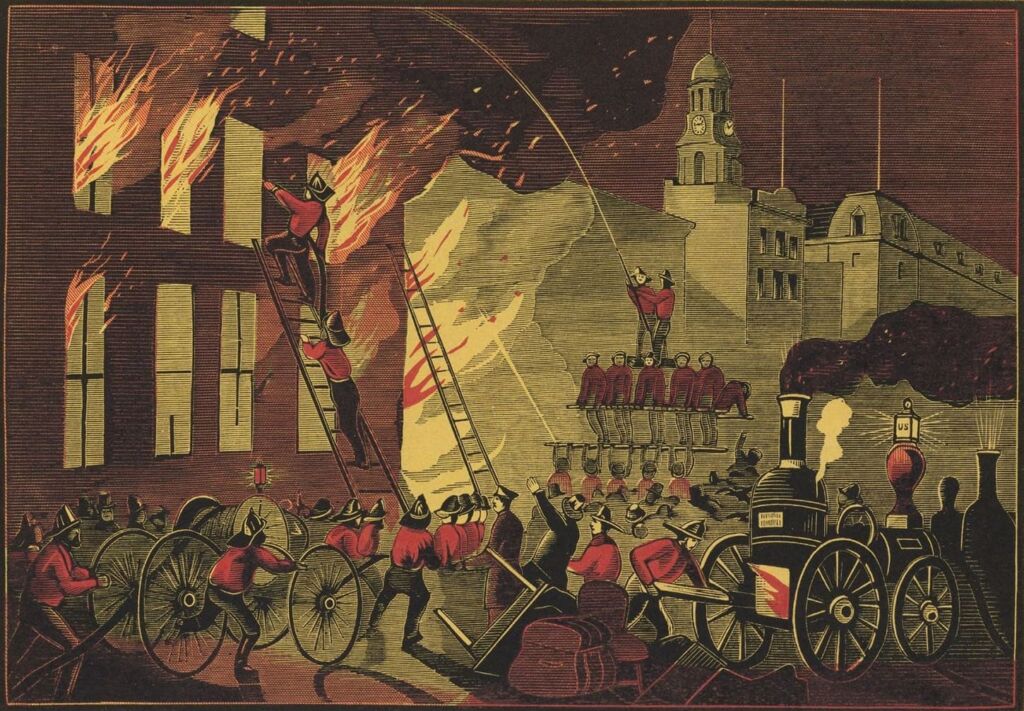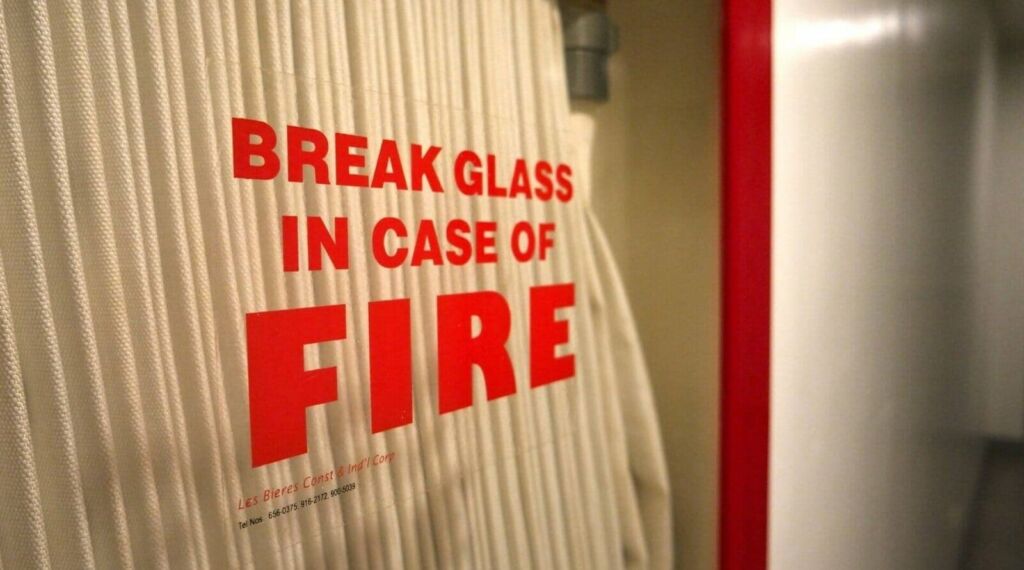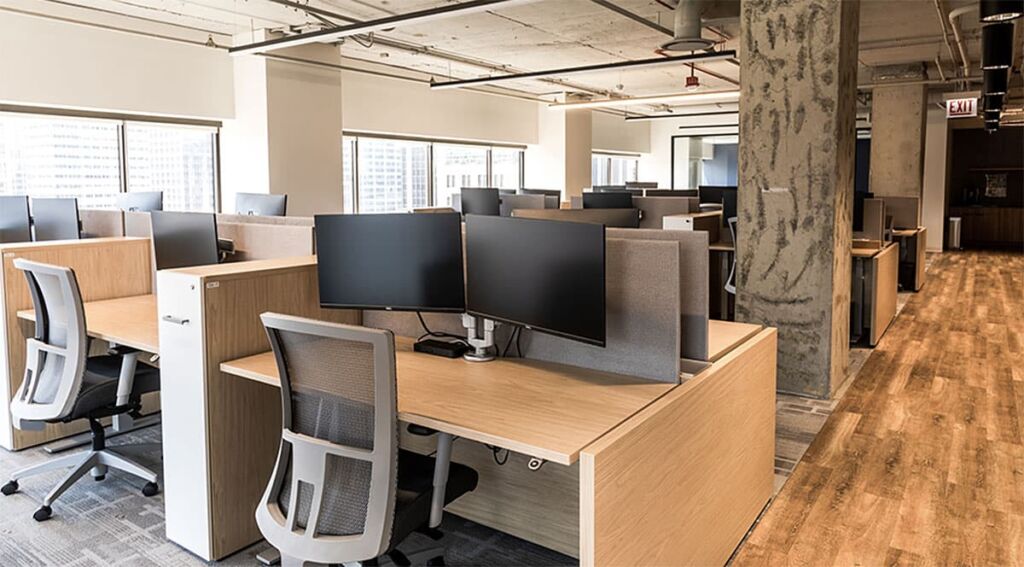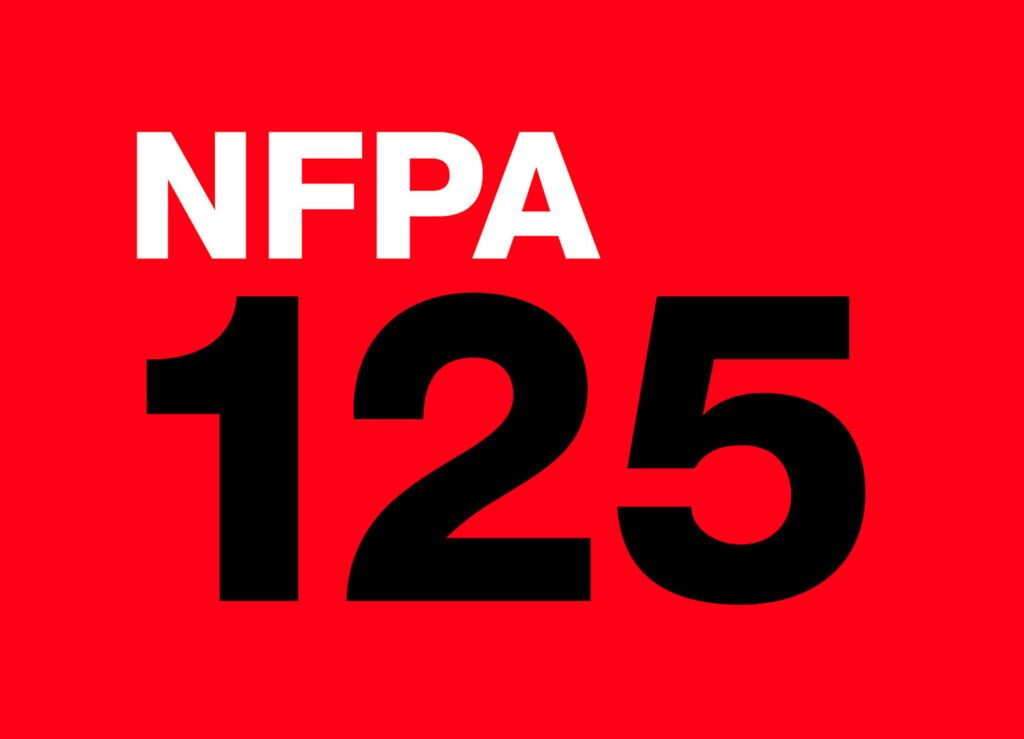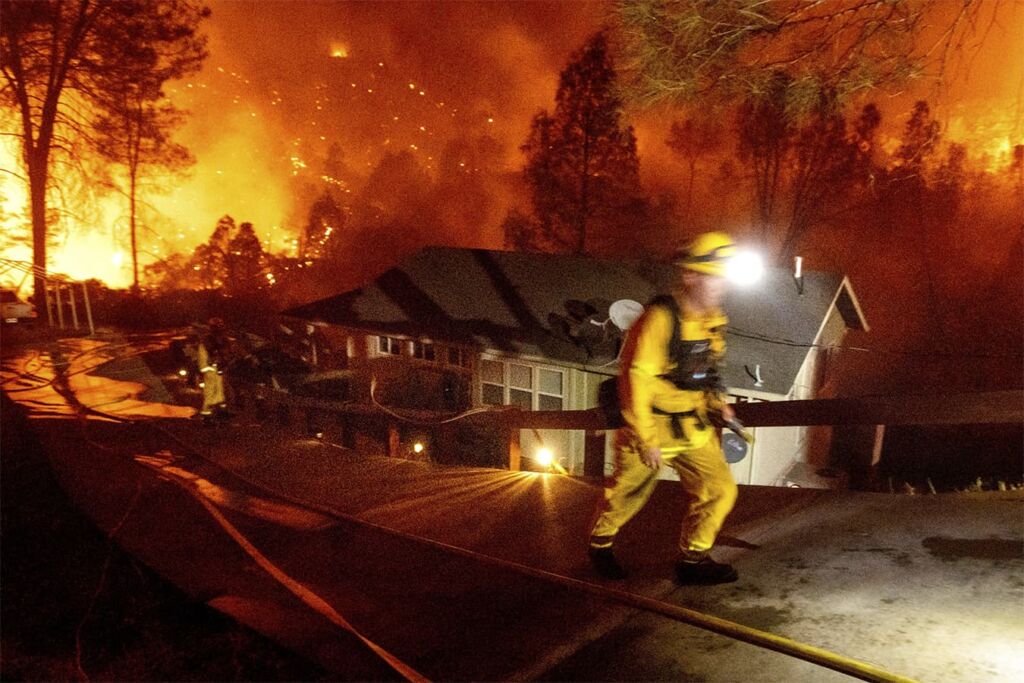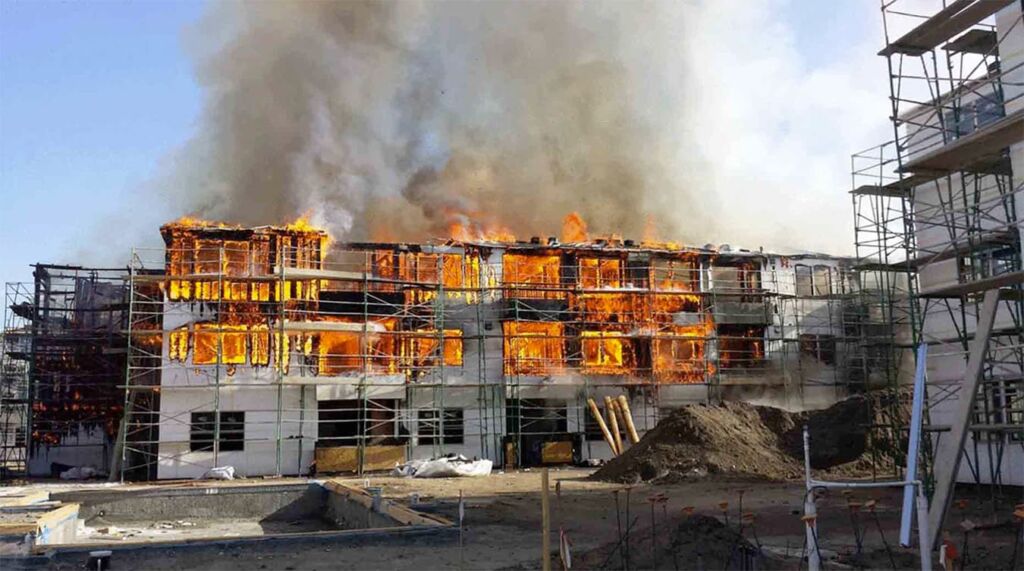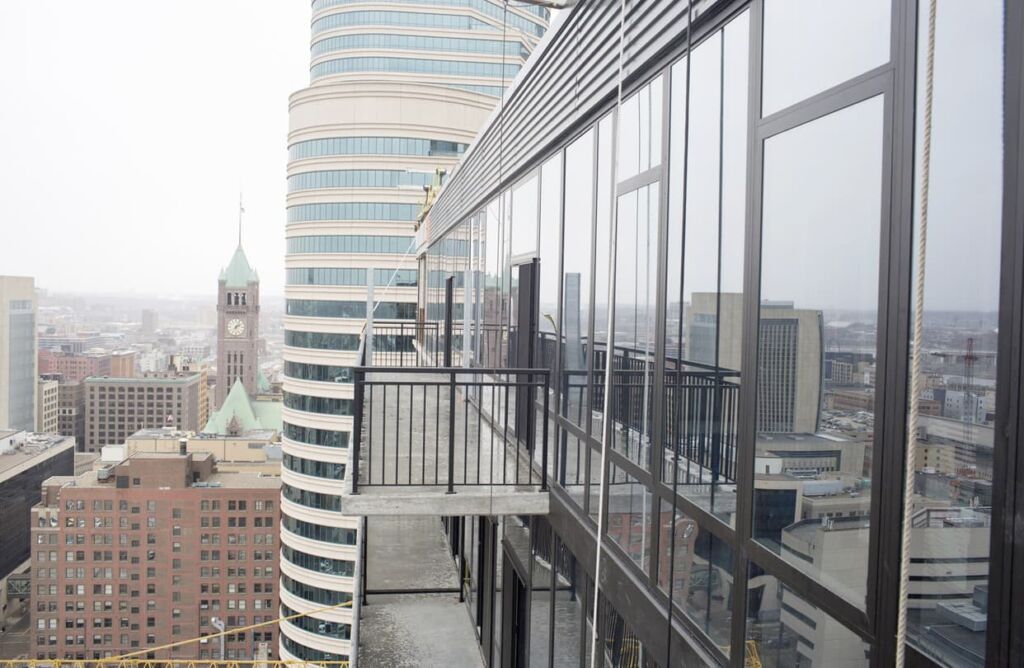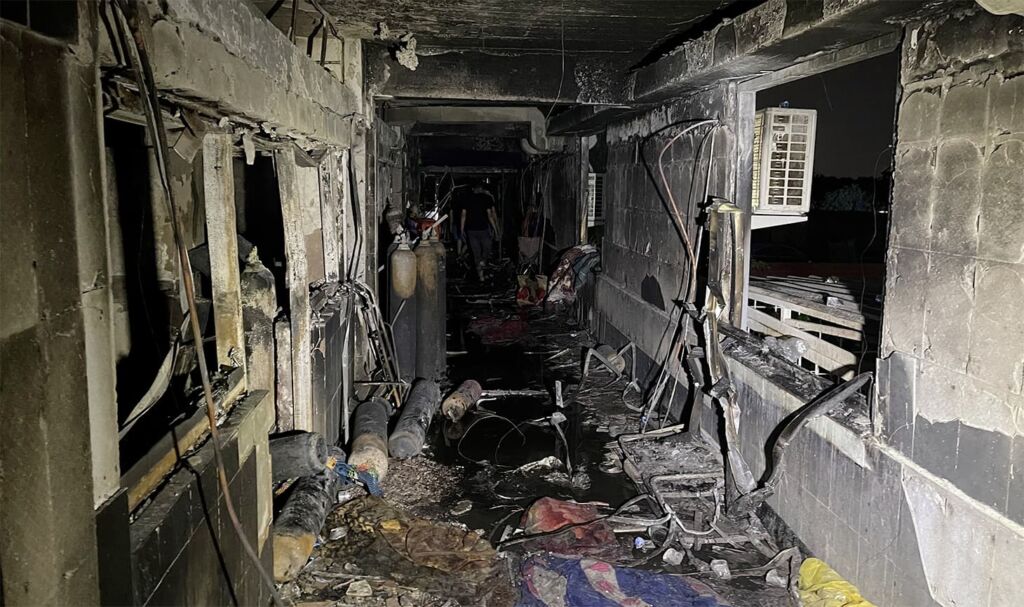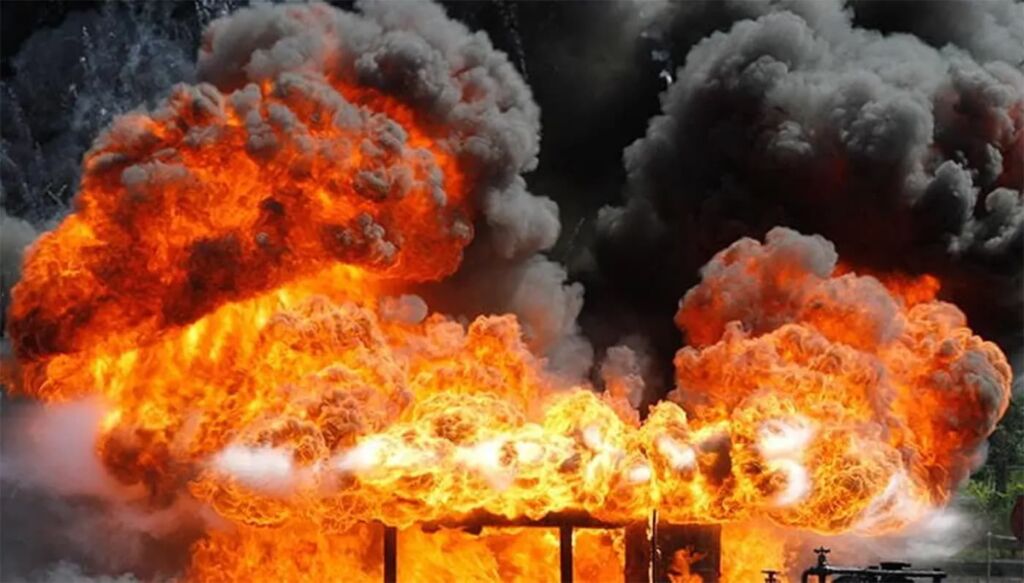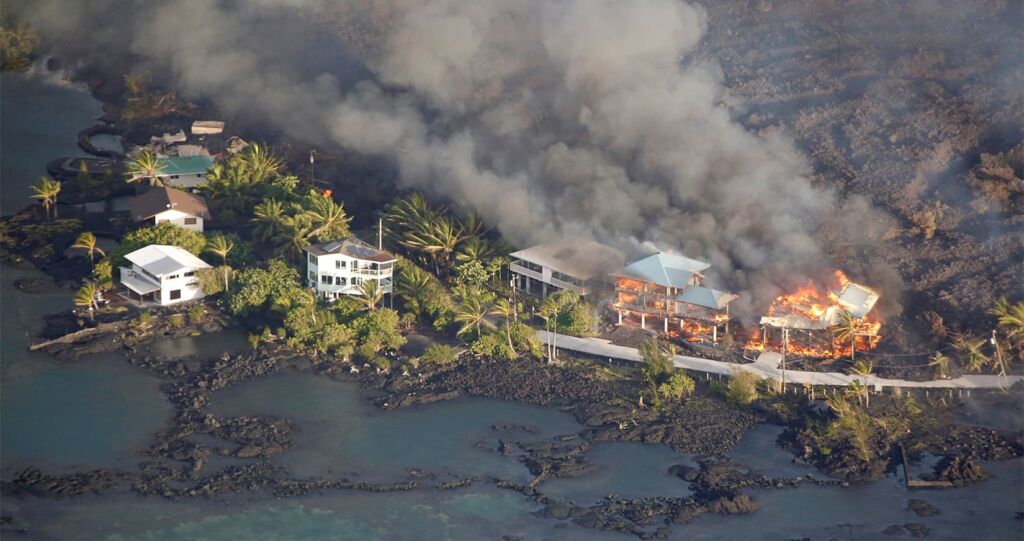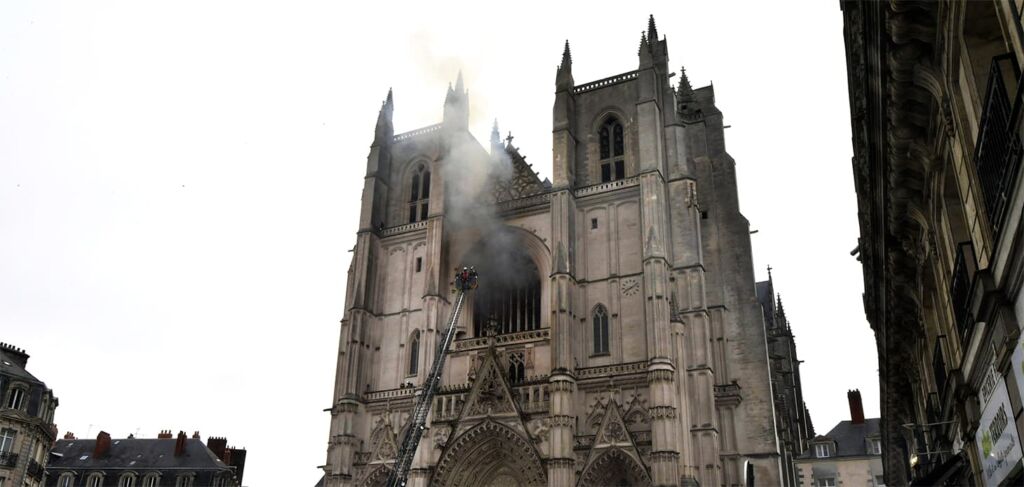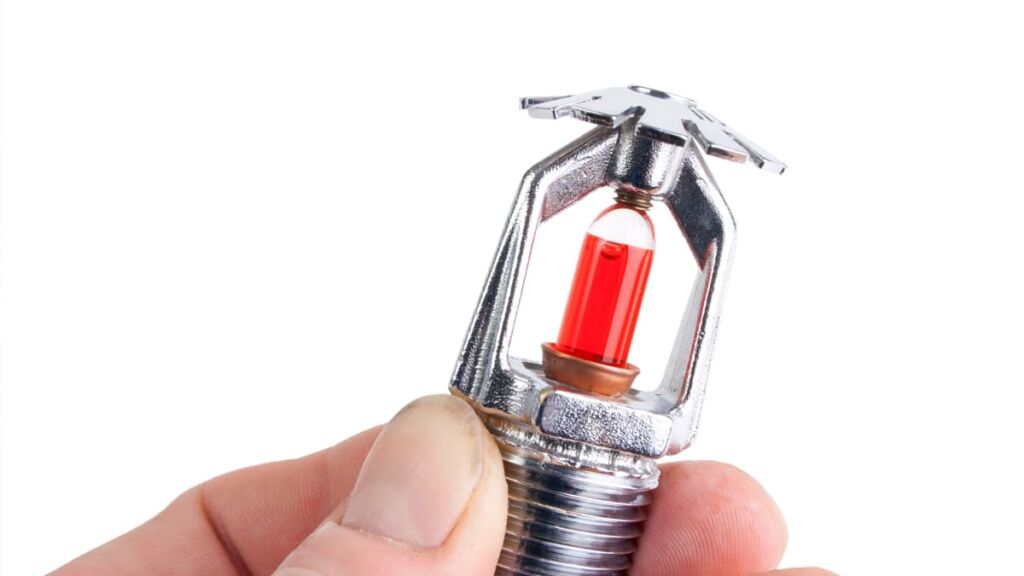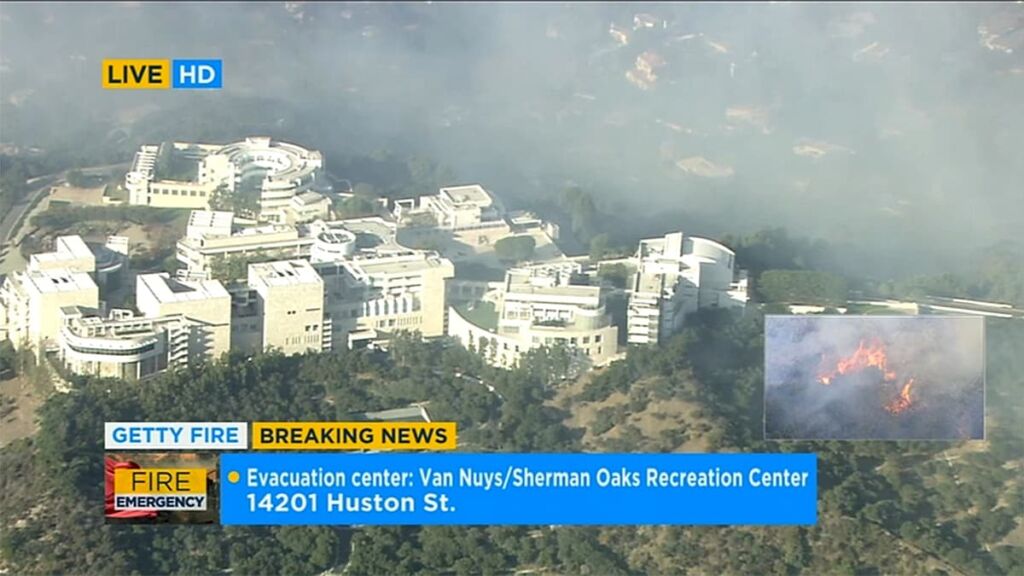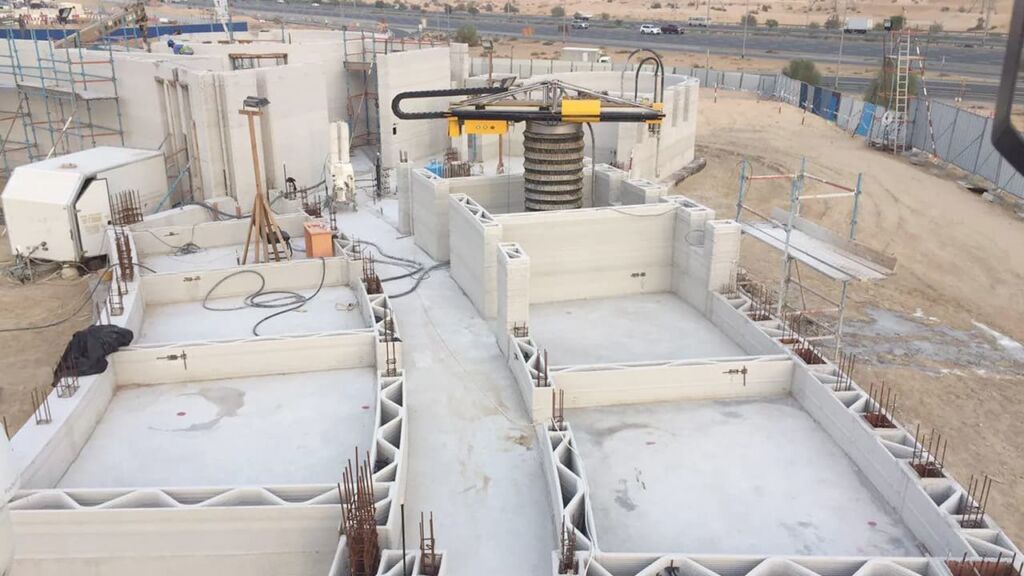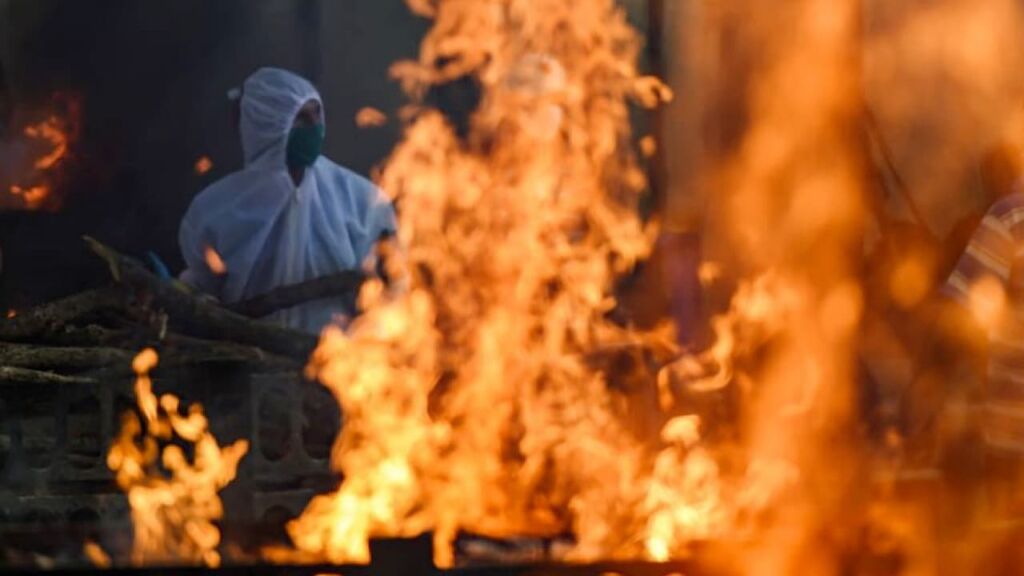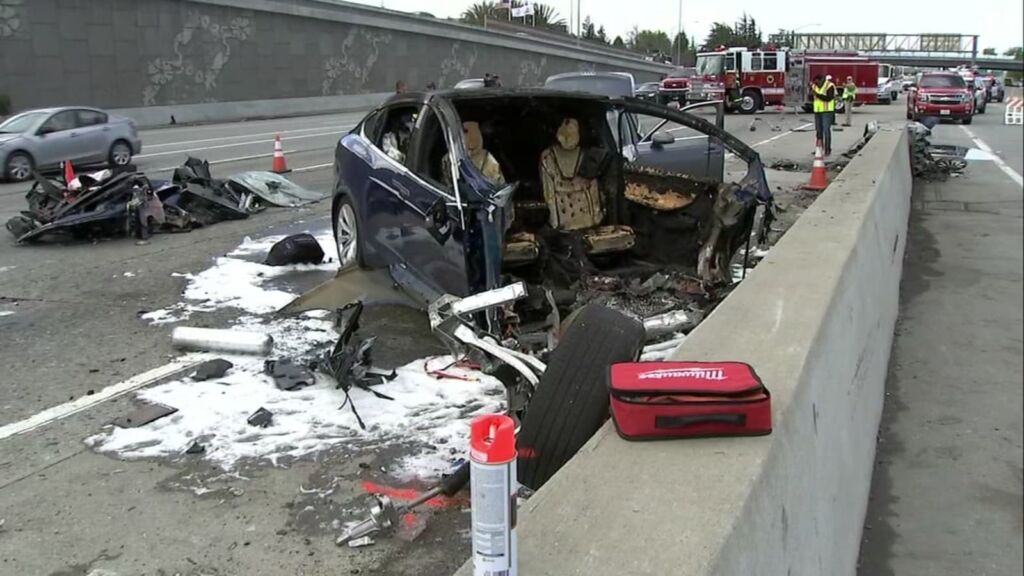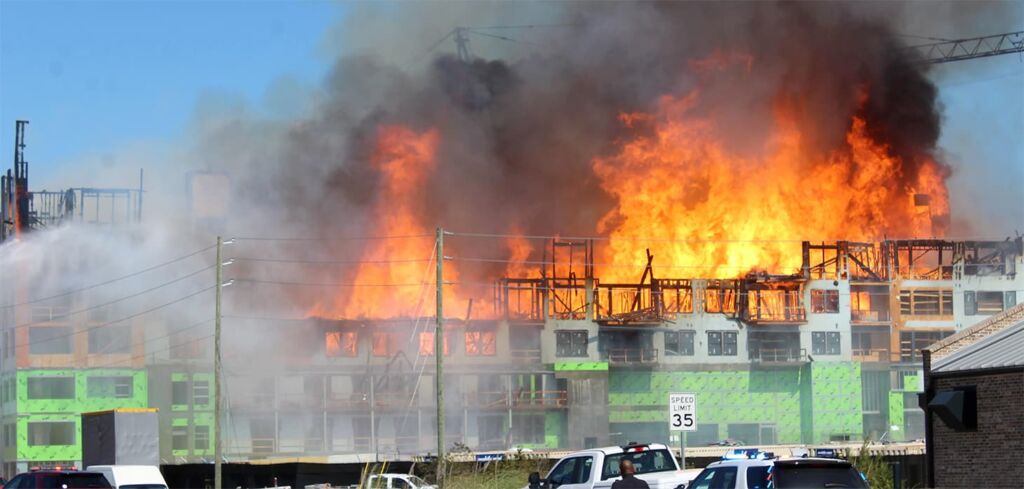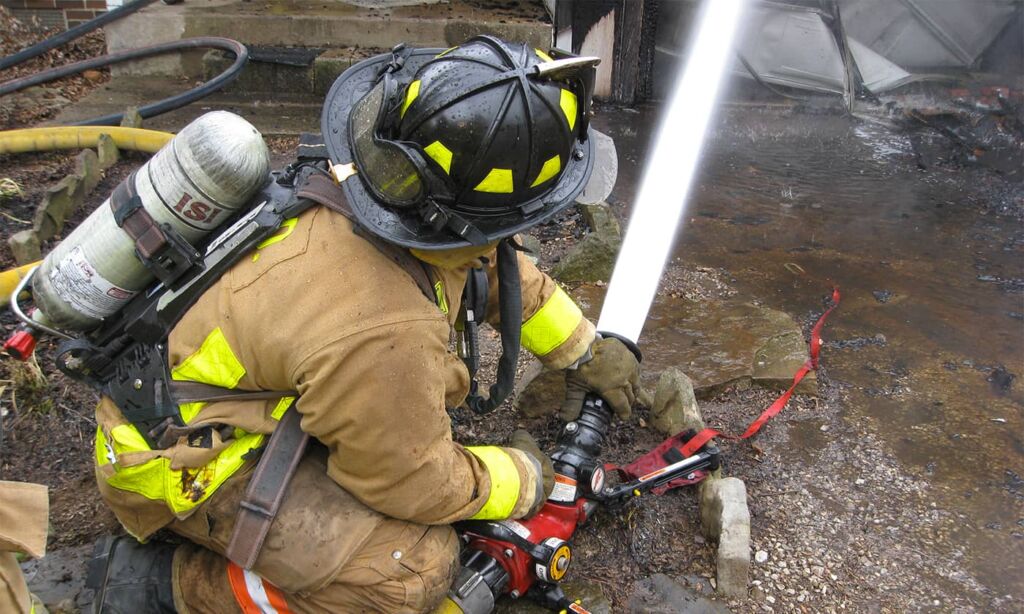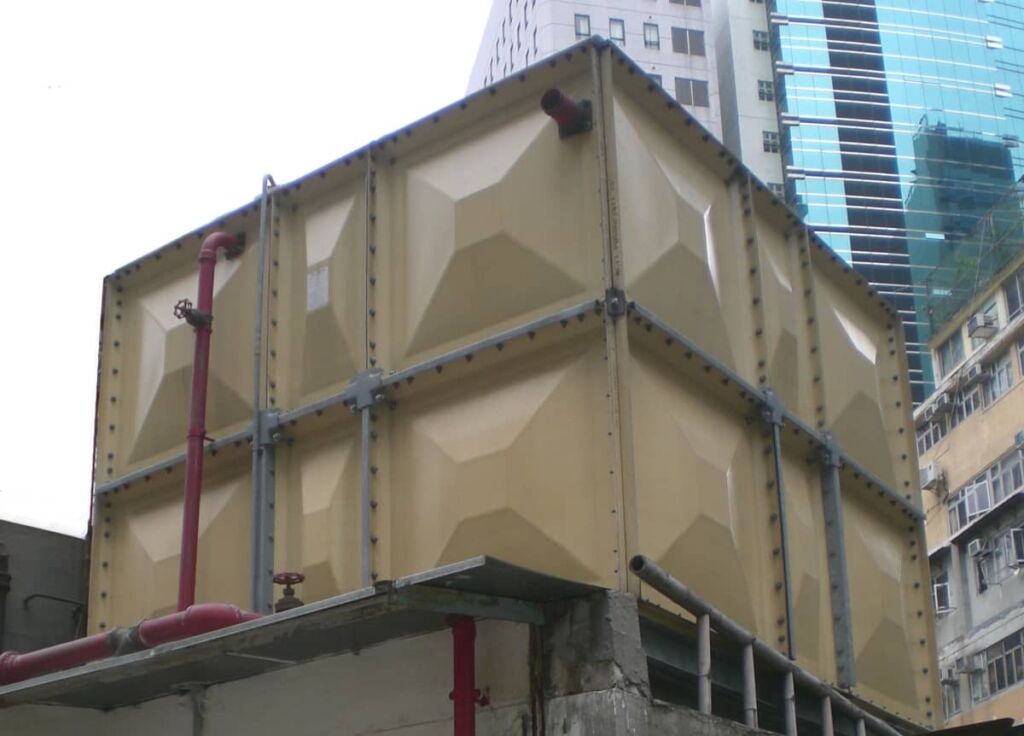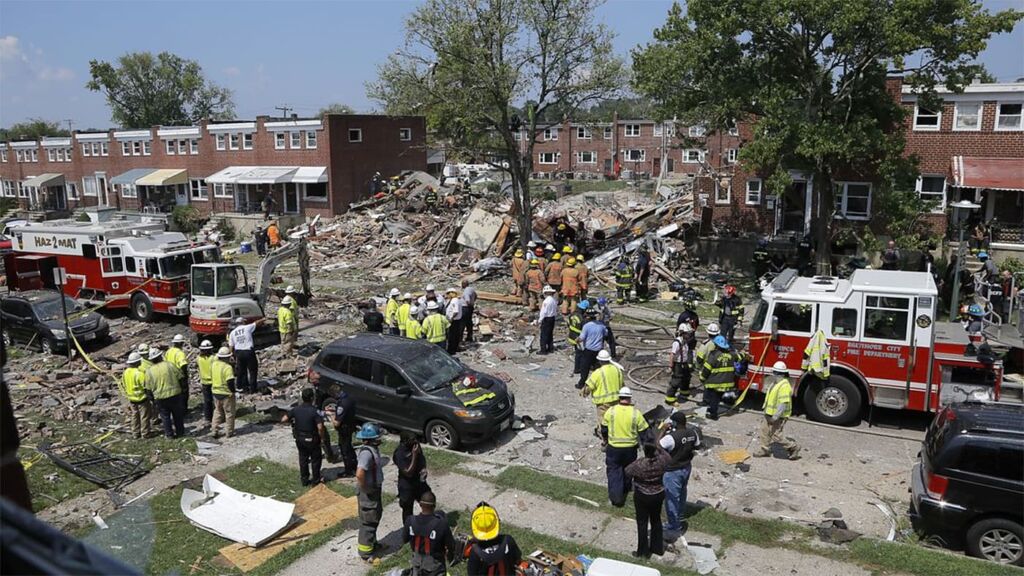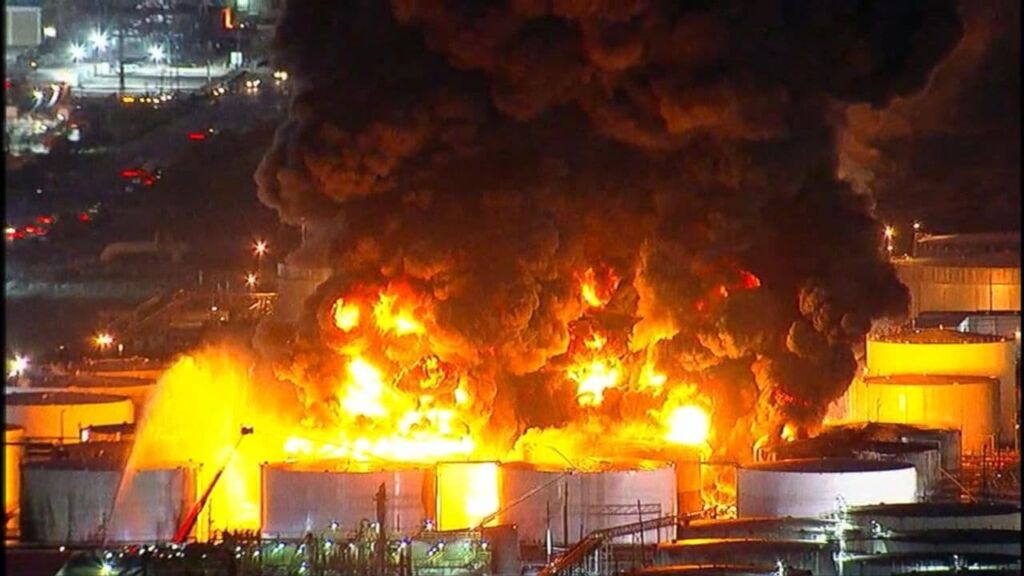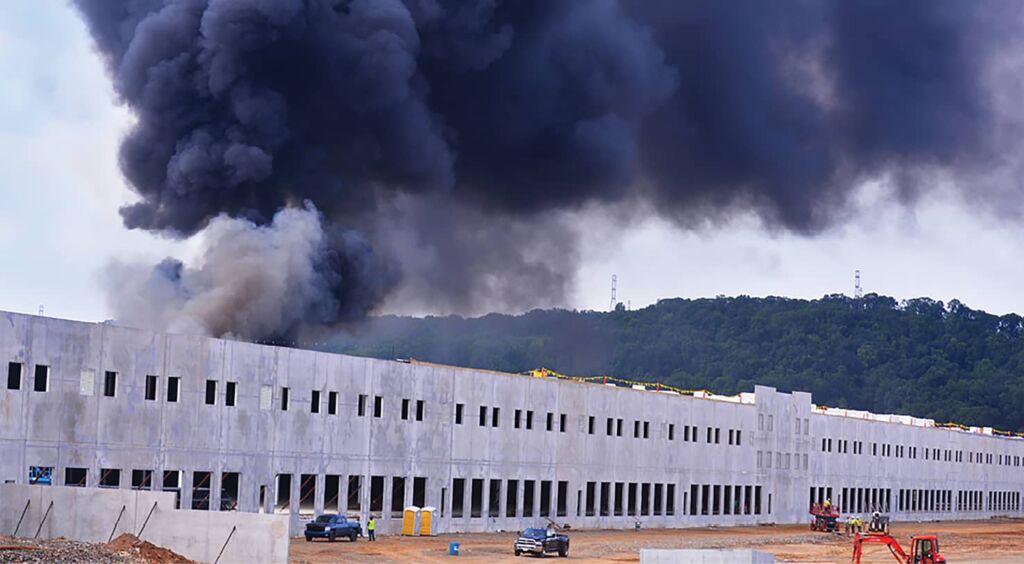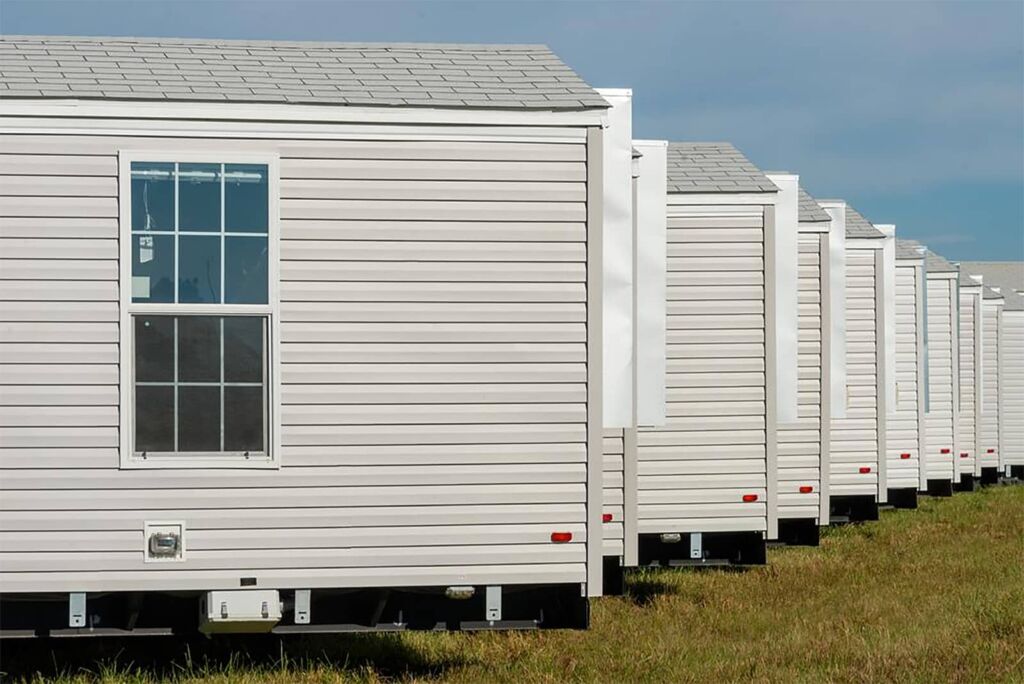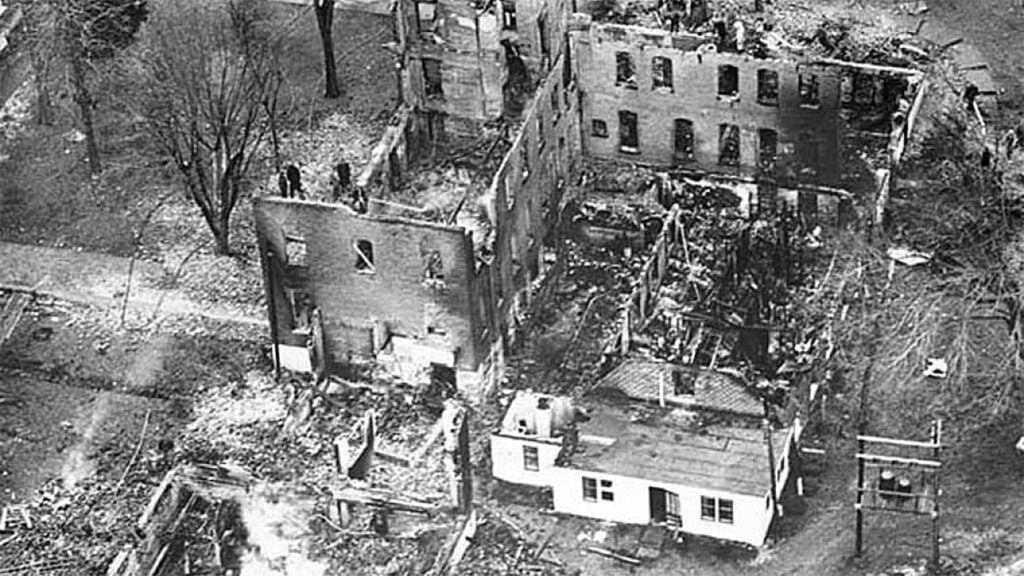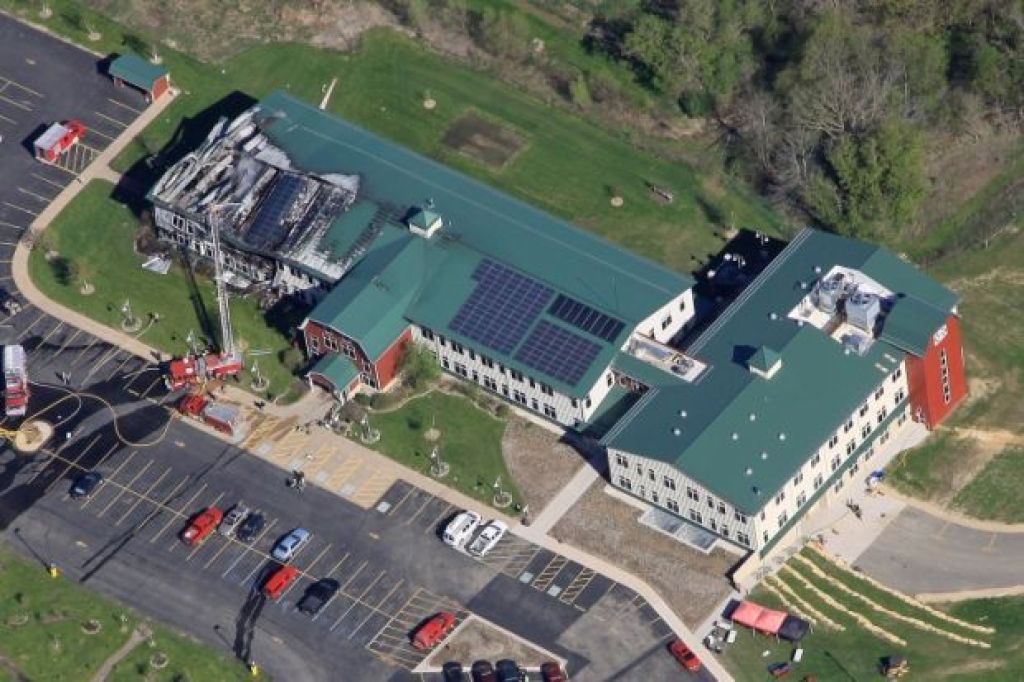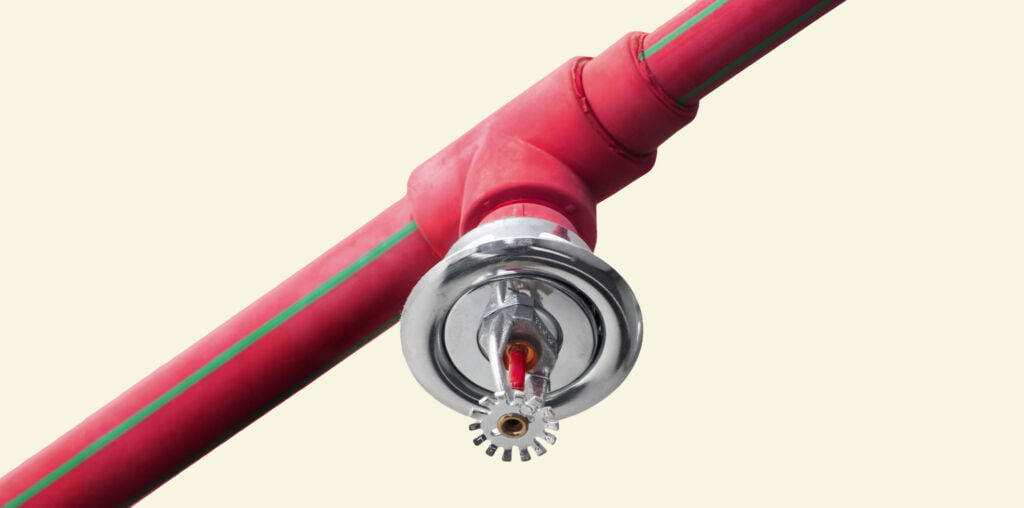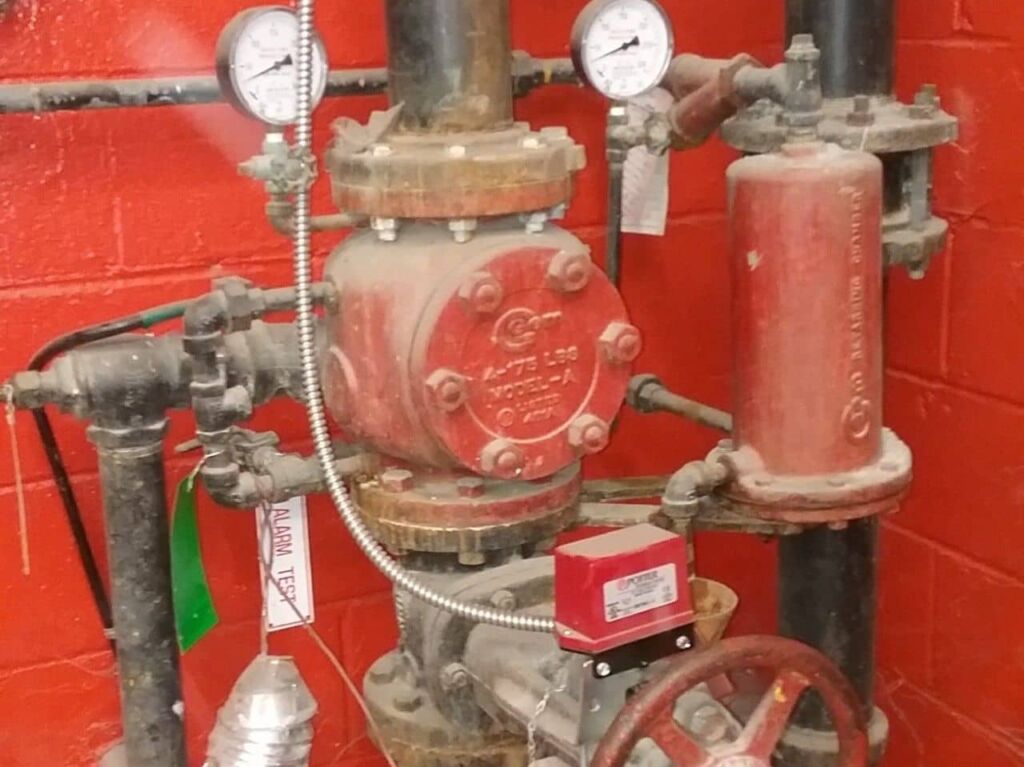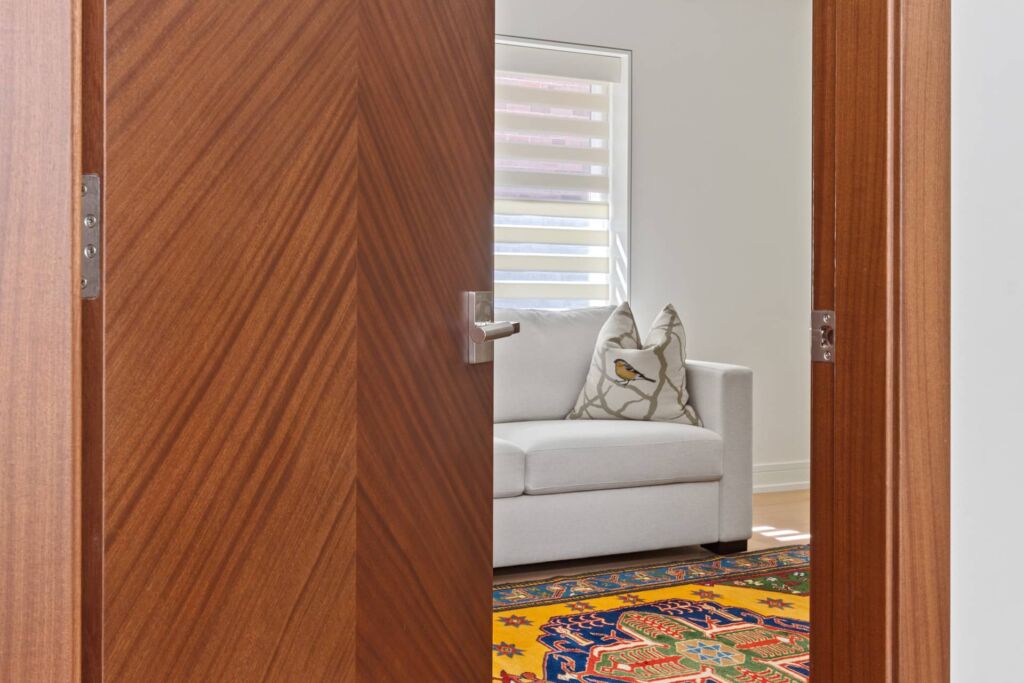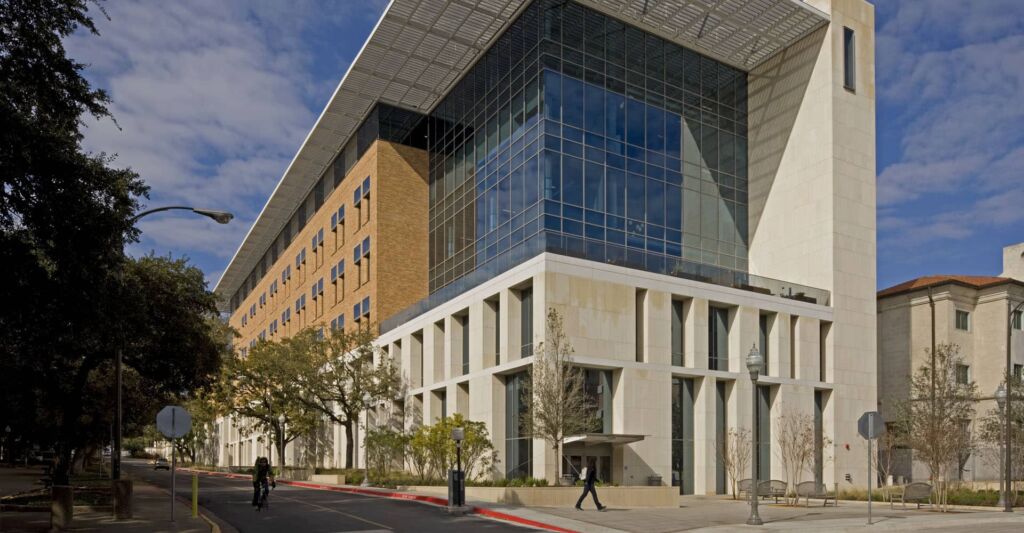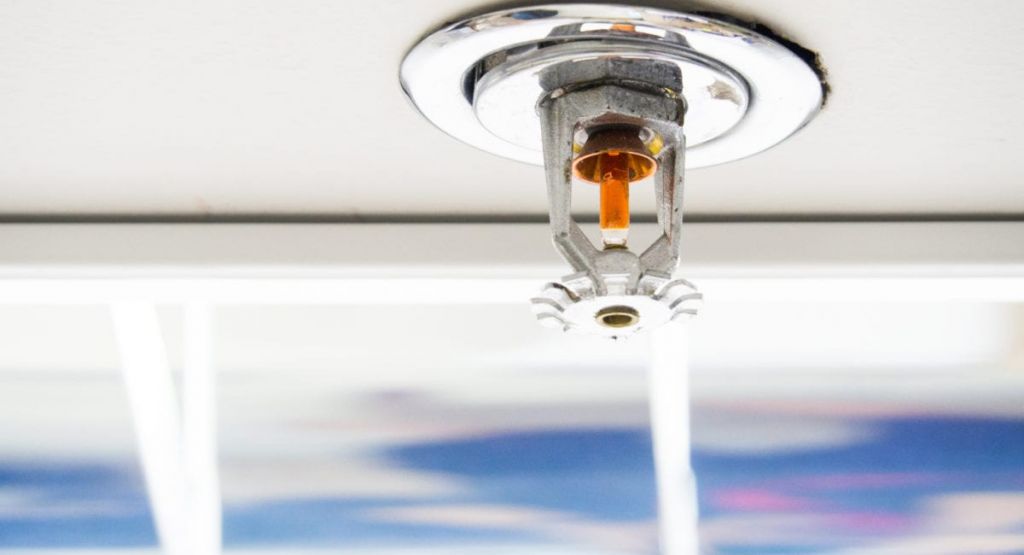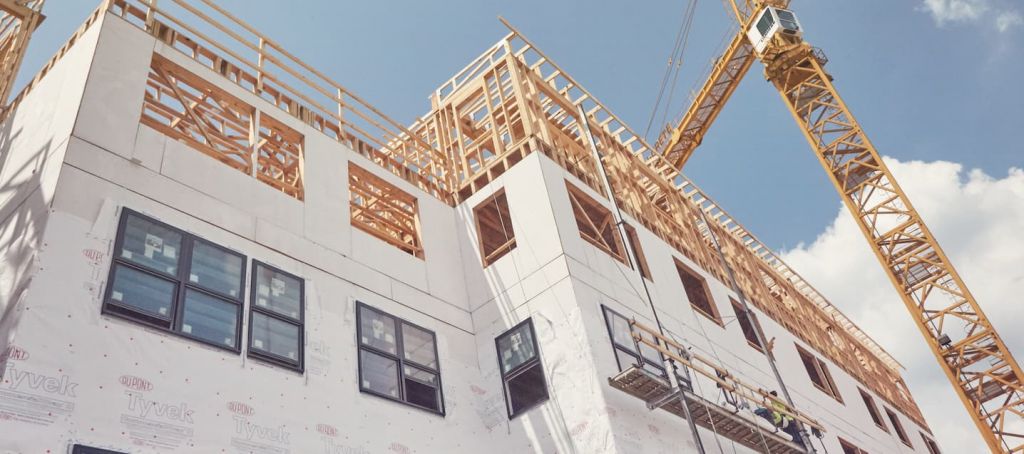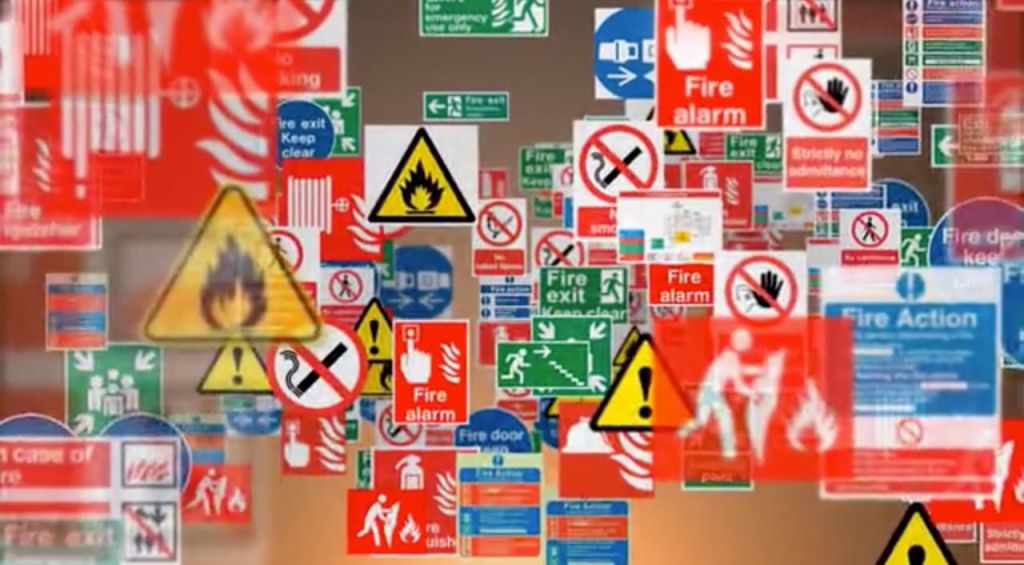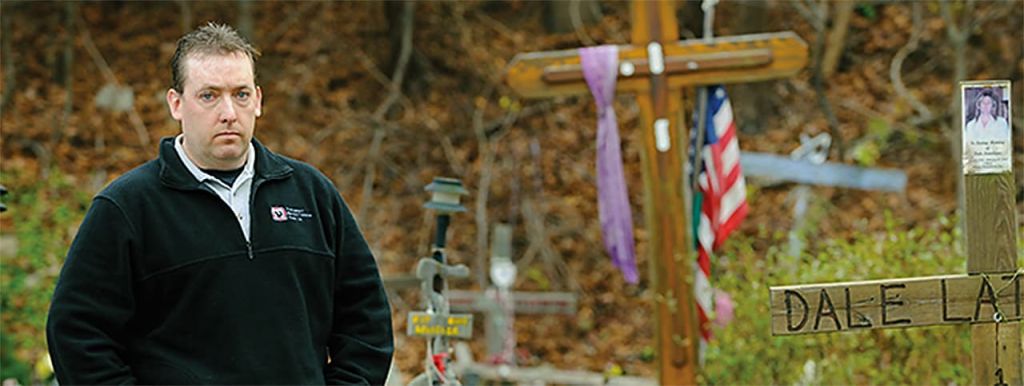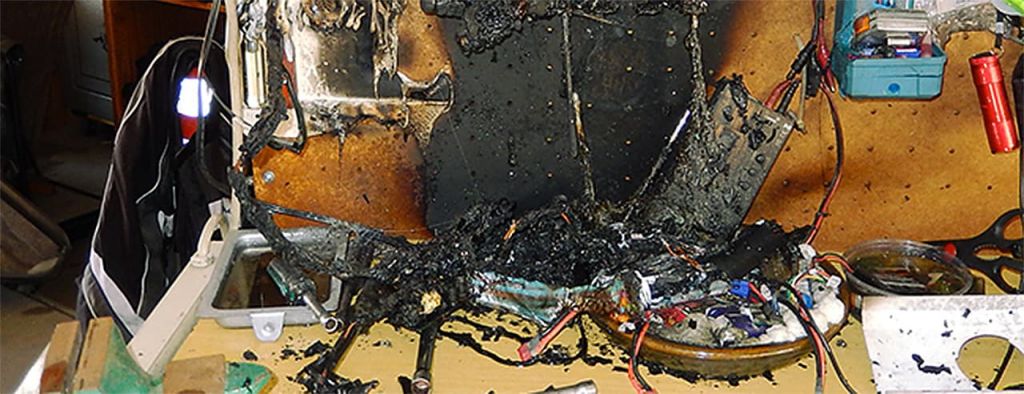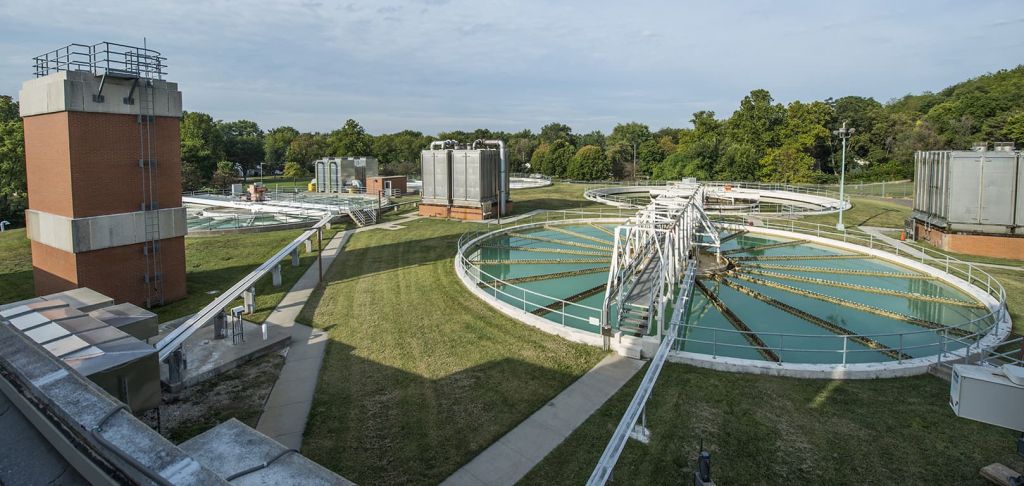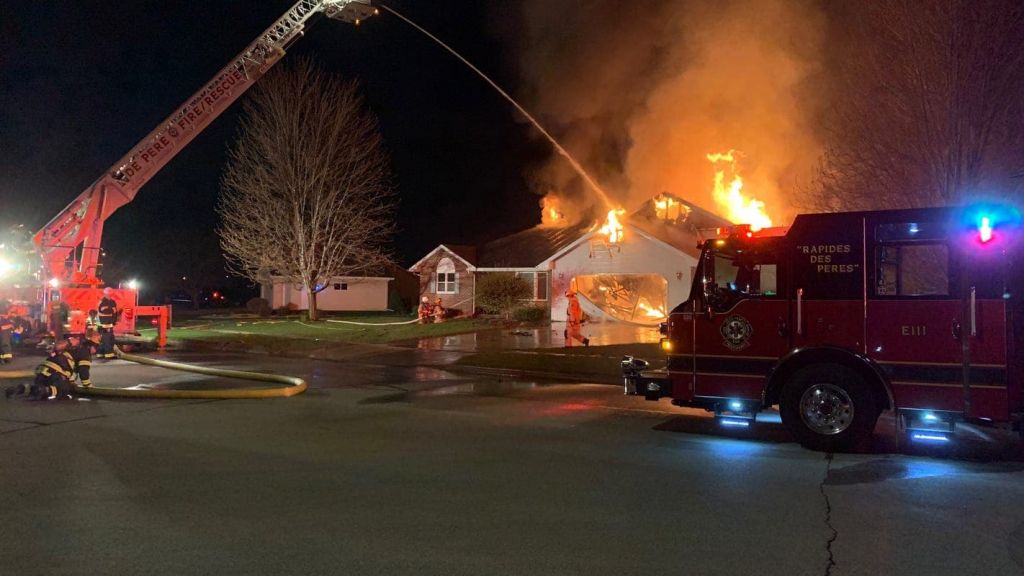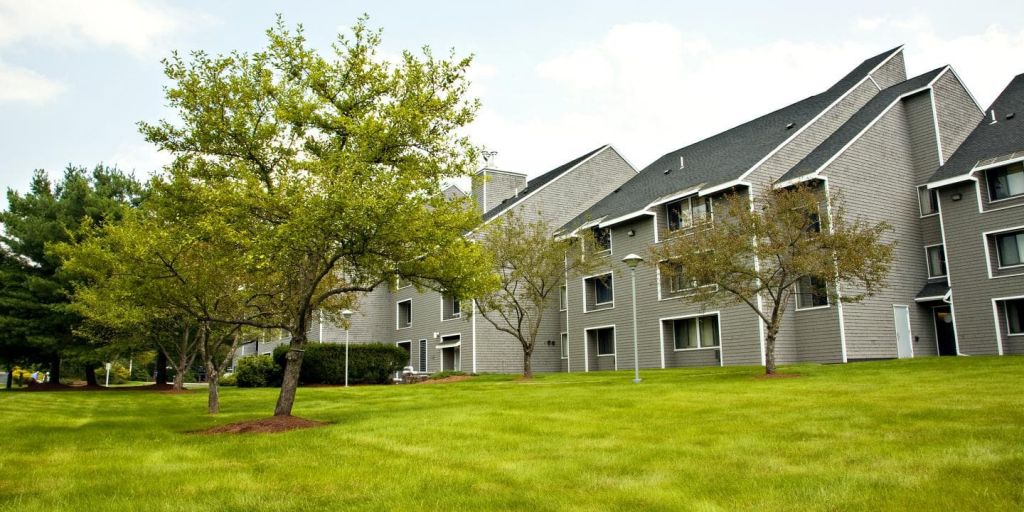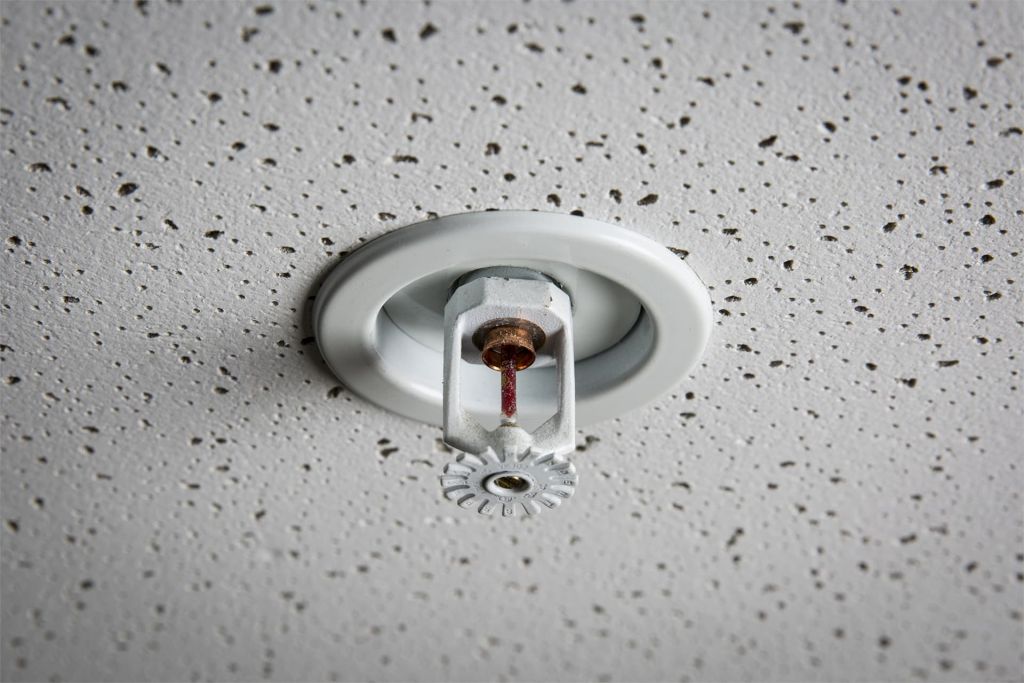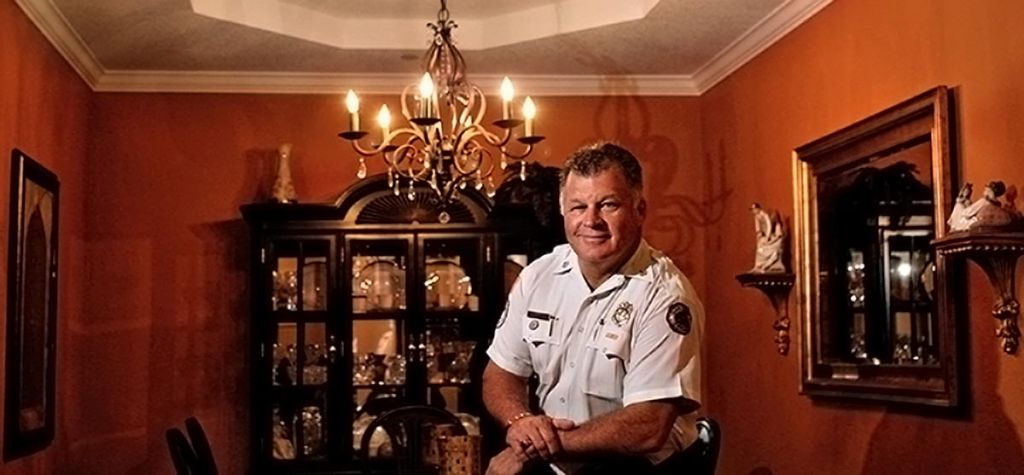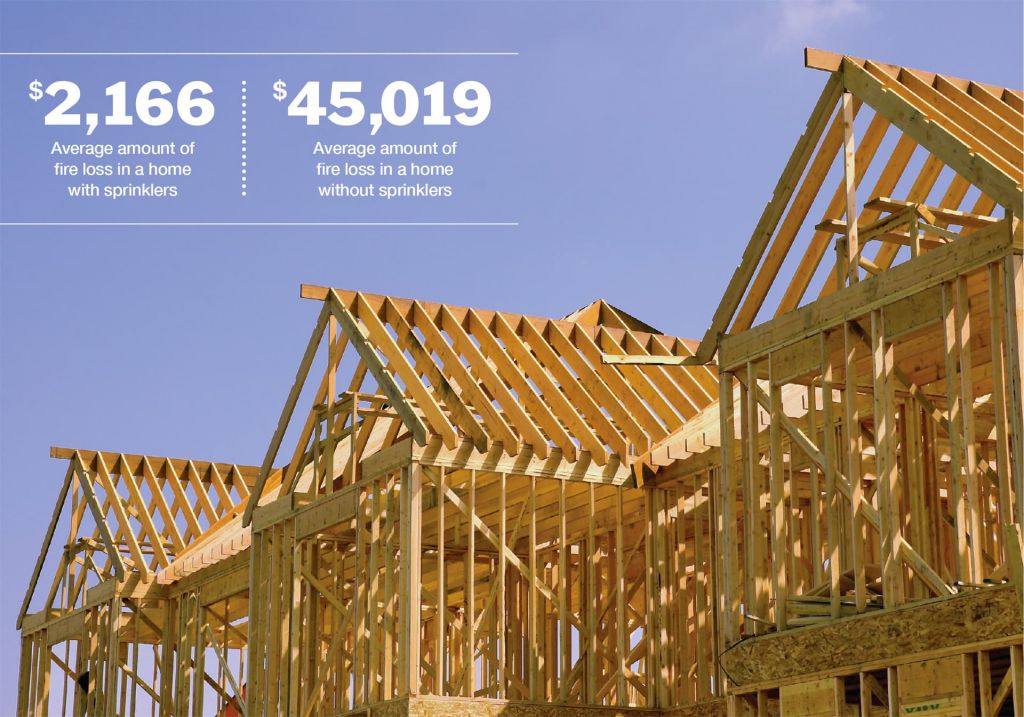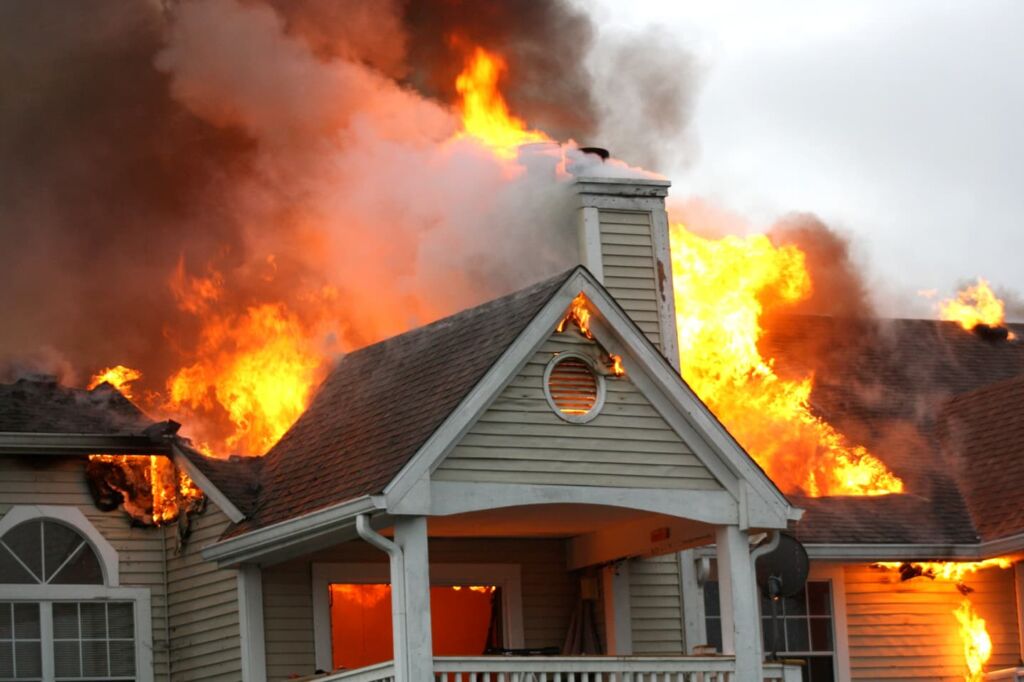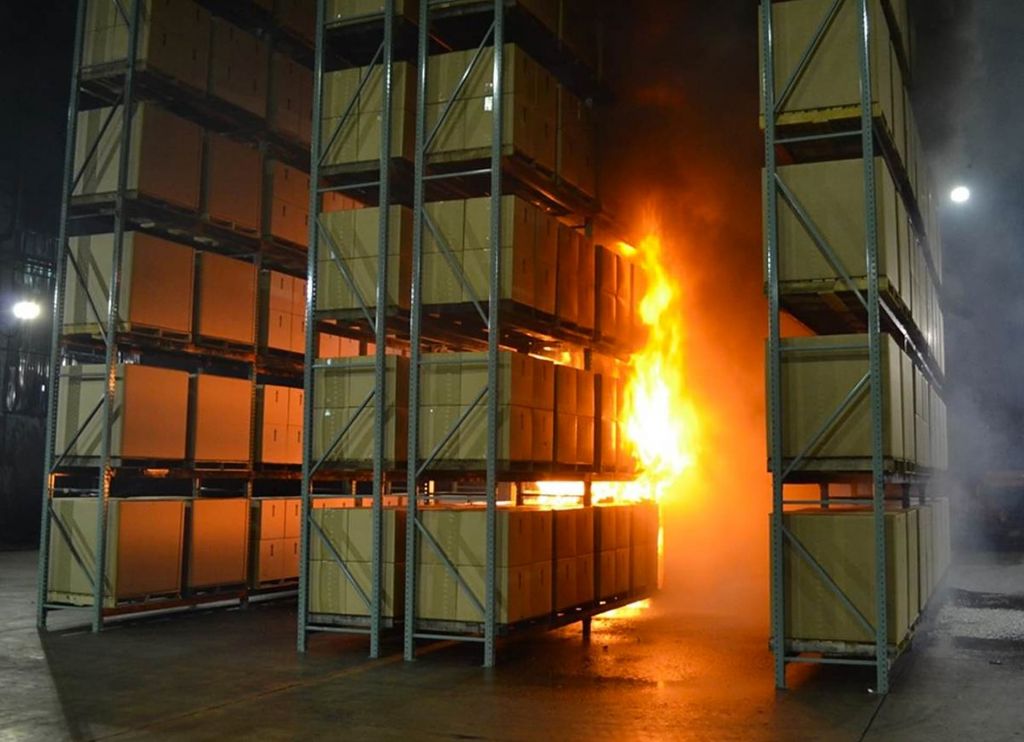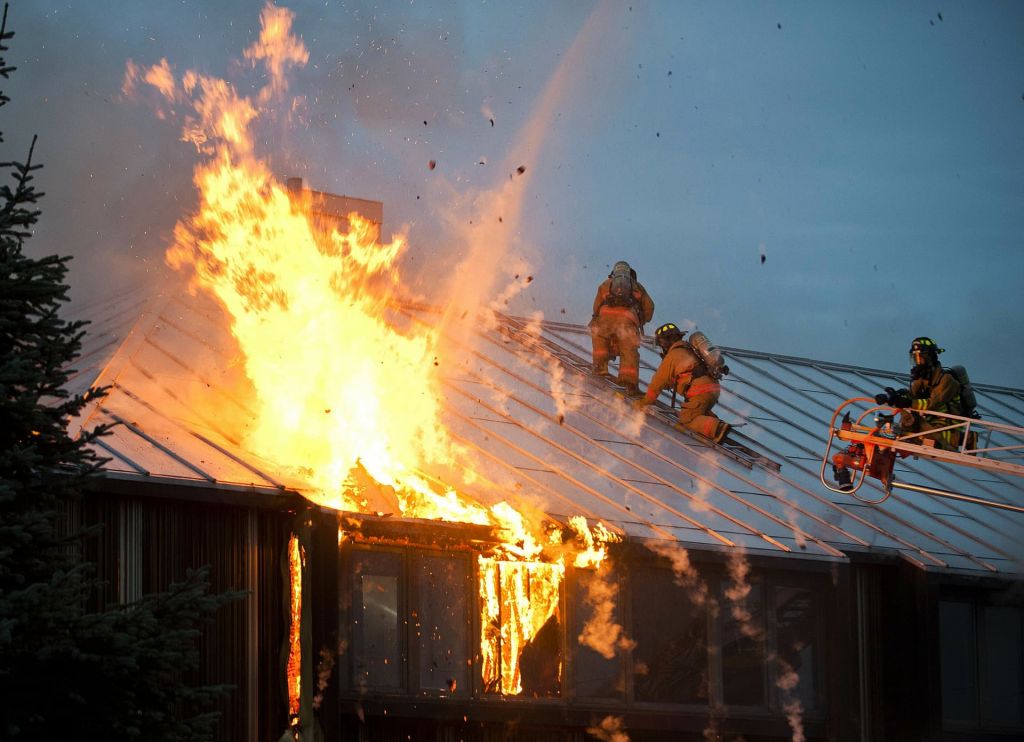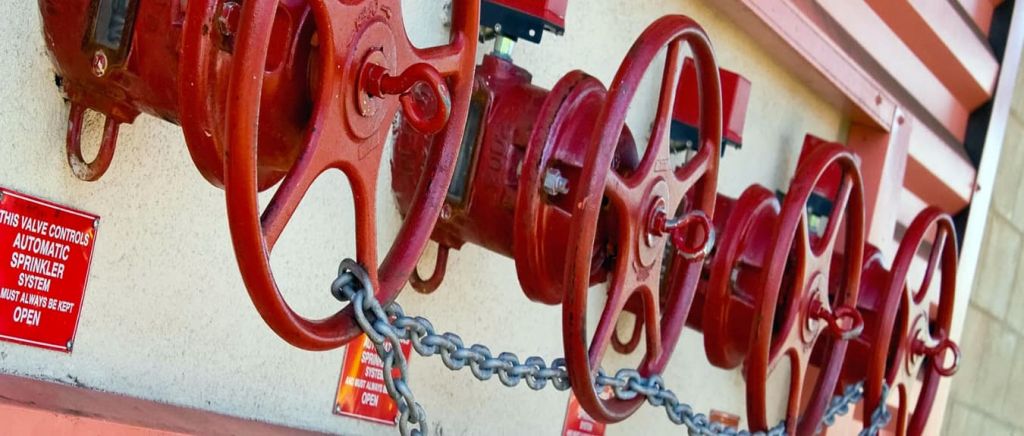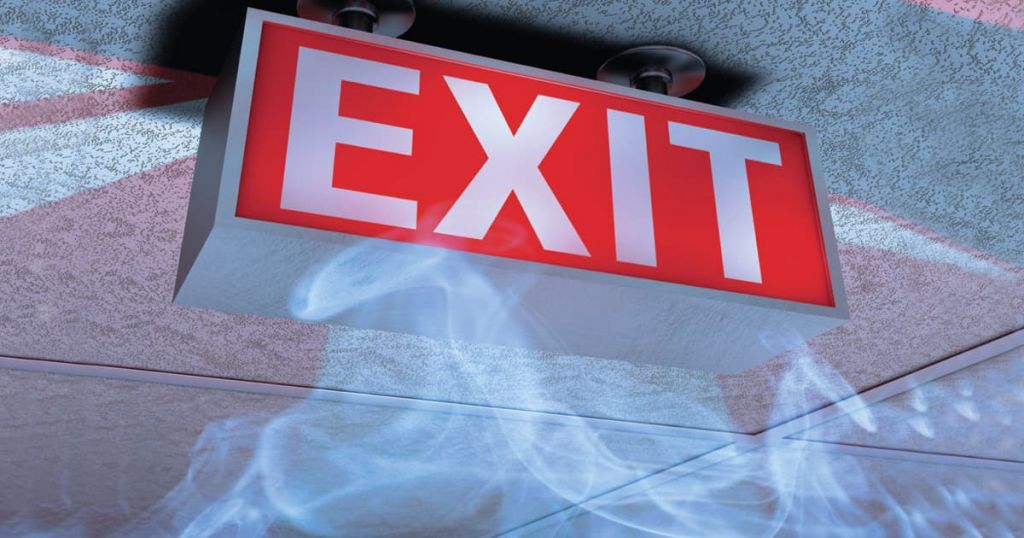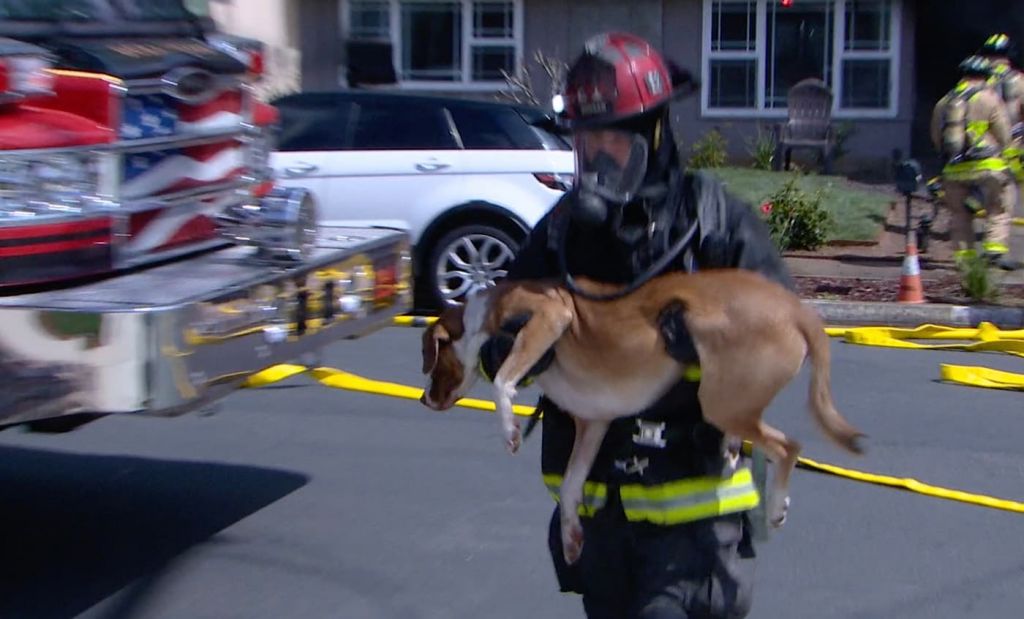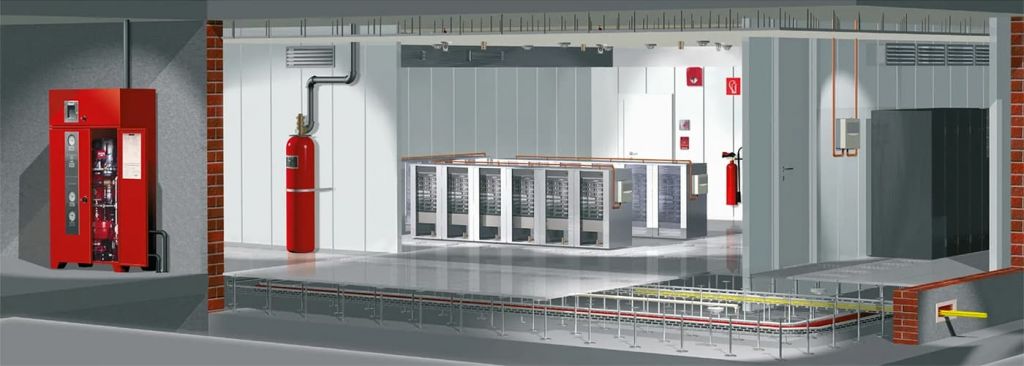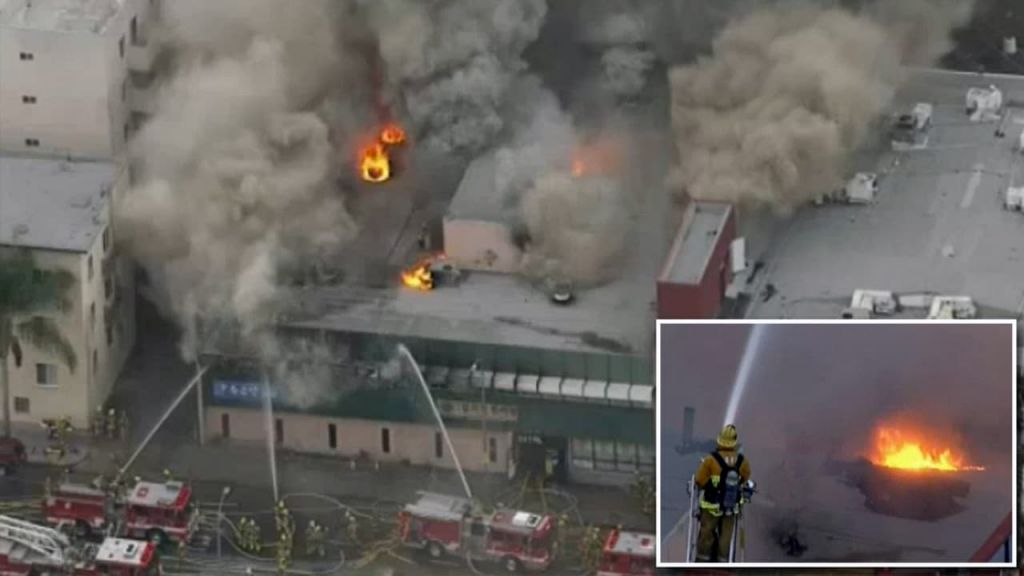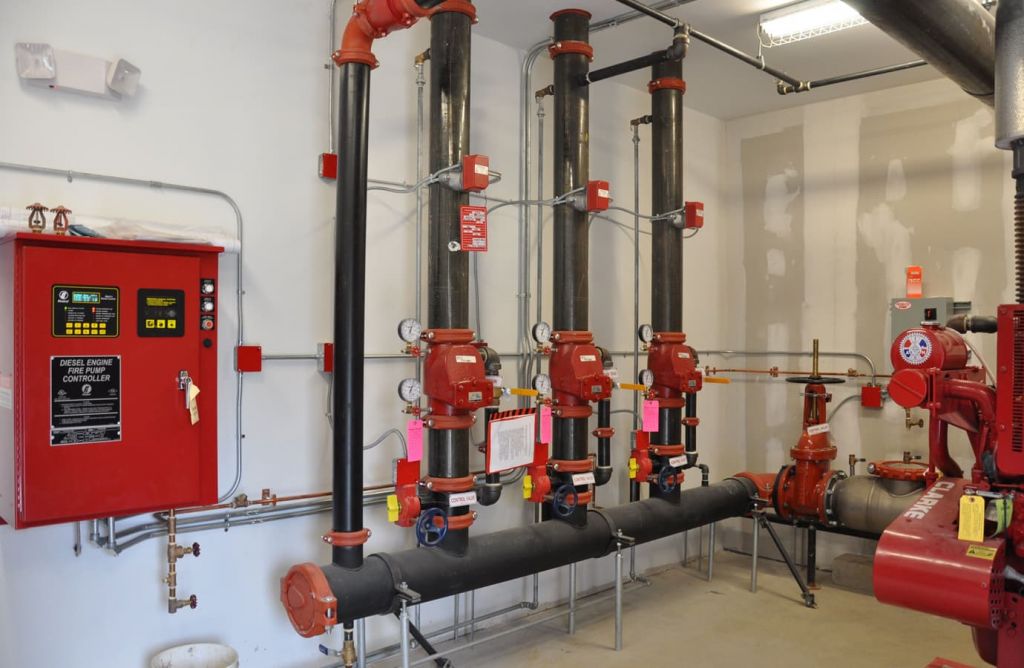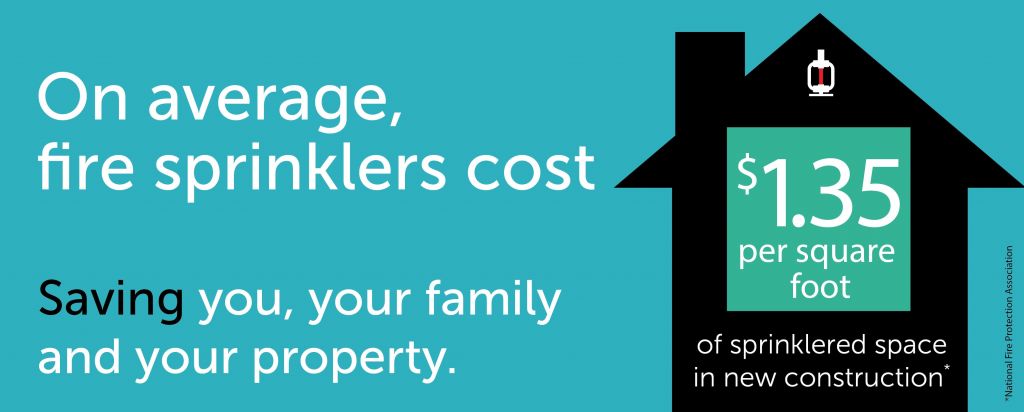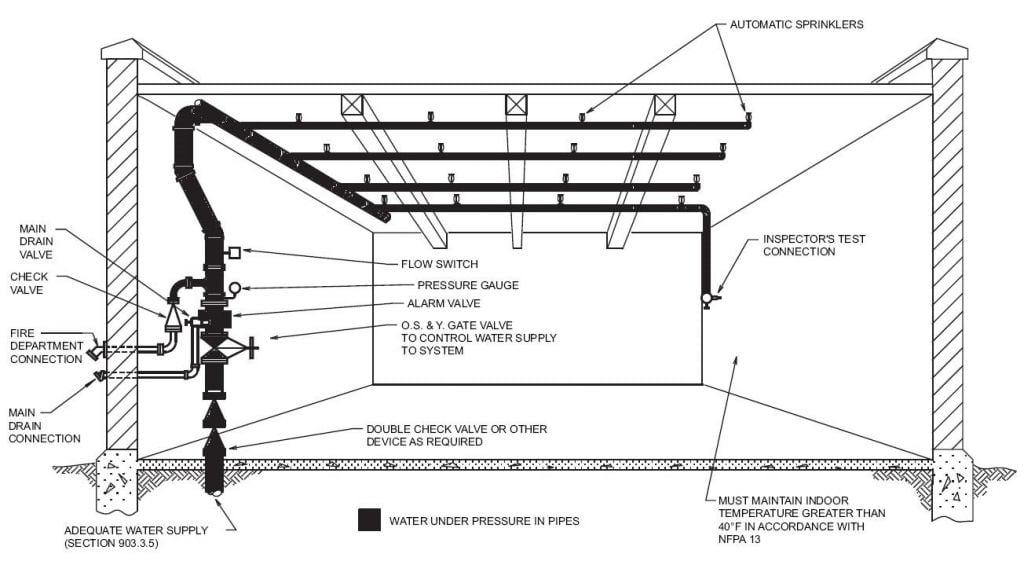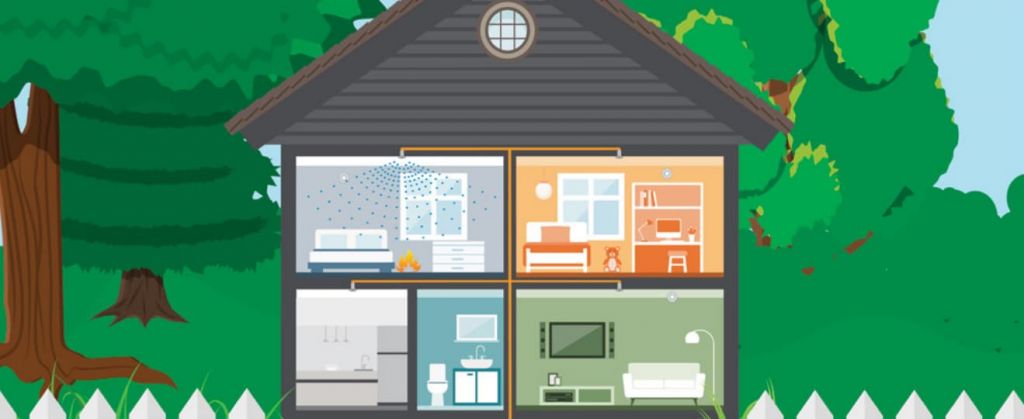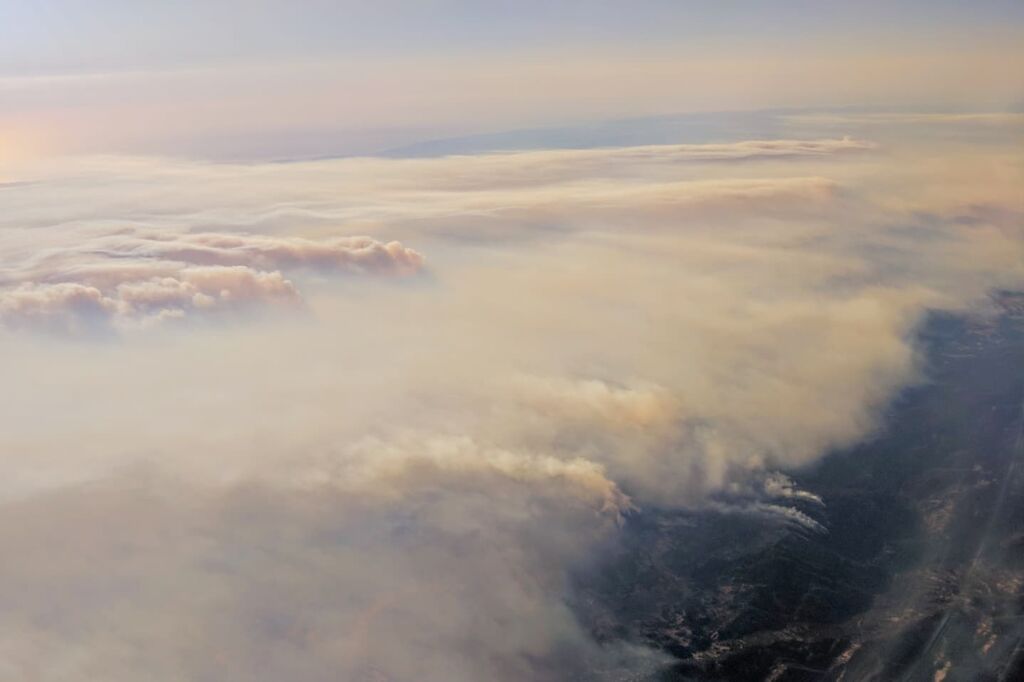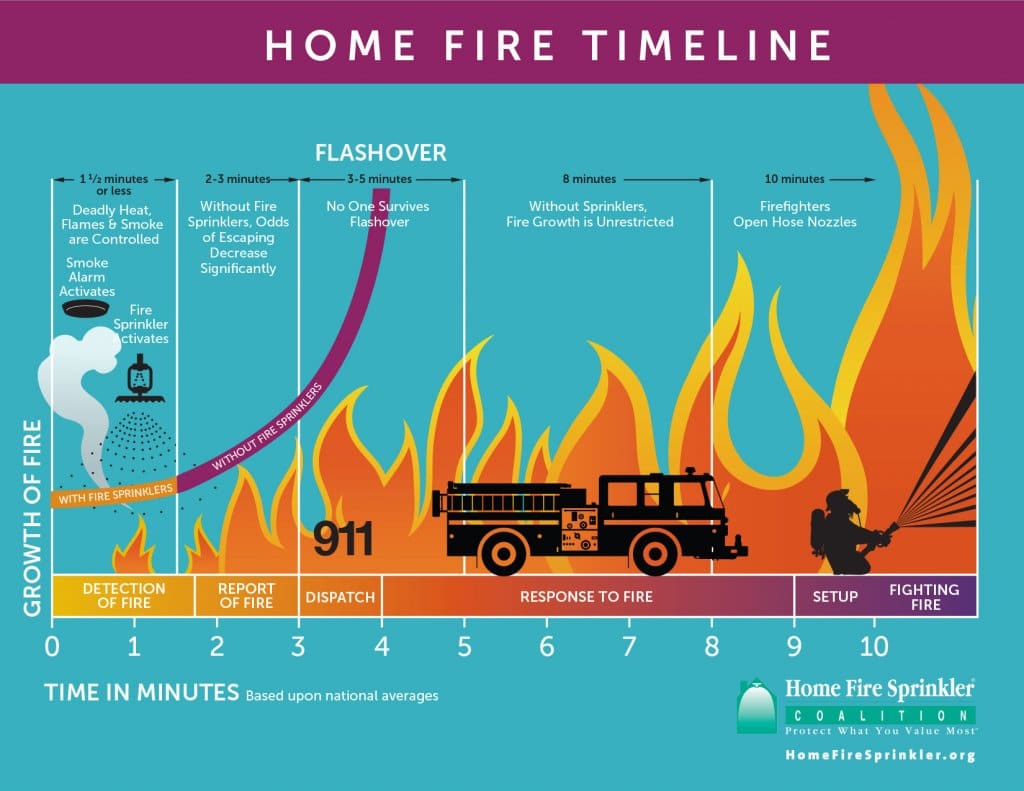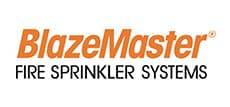Precision Fire Protection News
Reduce Fire Risk in On- and Off-Campus Housing

With the fall semester soon upon us, students are making their way to college campuses across the country, unpacking and settling in for the school year. For some students this may be the first time living on their own in a dormitory, or as an older student they may be living with friends in an off-campus apartment or house. Through our “Campus Fire Safety for Students” campaign held each September, NFPA and The Center for Campus Fire Safety (CCFS) are working together to help ensure these residences are as safe as possible for students.
If you’re not familiar with Campus Fire Safety Month, it’s an annual campaign that raises awareness about the threat of fires in both on- and off-campus housing. Each year NFPA collaborates with other safety organizations to share relevant information with students, their parents, and campus housing staff and administrators, helping students make living spaces as safe as possible from fires and associated hazards.
This September, NFPA and CCFS are reinforcing the critical importance of cooking safety, the focus of this year’s Fire Prevention Week™ (FPW) campaign, which works to educate people about the leading risks to home fires and ways they can better protect themselves and their loved ones. When it comes to cooking, NFPA research shows that cooking fires are the most frequent cause of home fires and home fire injuries; unattended cooking is the leading cause of cooking fires and related deaths. With so many students having access to cooking appliances and common kitchen areas in student and off-campus housing, it’s vital that they know when and where cooking hazards exist, along with simple but critical ways to prevent them.
Did you know …. according to the latest statistics from NFPA’s “Fires in Dormitory-Type Properties,” report, from 2017 to 2021, U.S. fire departments responded to an estimated average of 3,379 structure fires each year in dormitories, fraternity houses, sorority houses, and barracks. These fires caused an annual average of 23 civilian injuries and $12 million in direct property damage during this same period. In addition, three out of four fires in these properties began in the kitchen or cooking area, accounting for 60 percent of the civilian injuries and 17 percent of the direct property damage. Cooking equipment was involved in nearly 9 out of 10 fires.
More statistics of note include:
- The months of February, September, and October were peak times for fires in dormitory properties.
- Fires were more common during the evening hours between 4 p.m. and midnight when over half of the fires (54 percent) occurred.
- Kitchen and cooking equipment were involved in 86 percent of the fires.
- Fires were also more common on weekends with Saturday and Sunday being the leading days for fire events.
Campus Fire Safety Month provides a great opportunity to better educate students about where fire hazards exist, and simple but critical ways to prevent them. NFPA and CCFS offer these tips and recommendations for cooking safely in dorms and in off-campus housing:
- Stay in the kitchen when frying, grilling, or broiling food. If you must leave the kitchen, even for a short time, turn off the stove or oven.
- Turn pot handles toward the back of the stove. Always keep a lid nearby when cooking. If a small grease fire starts, slide the lid over the pan and turn off the burner.
- Set a timer for a reminder that you are cooking.
- Cook only when alert. Don’t cook if you are sleepy or have taken medicines or alcohol that make you drowsy.
- Keep anything that can catch fire (towels, potholders, etc.) away from the stovetop.
- Check with the local fire department for any restrictions before using a barbeque grill, fire pit, or chimenea.
- If a fire starts in the oven, turn it off and leave the door closed. Have the oven checked and/or serviced before using it again.
- If you have a cooking fire, when in doubt, get out and call the fire department.
These additional tips from NFPA and CCFS can help students reduce the risk of fires and save lives:
- Know and practice the building’s evacuation plan, as well as alternate routes out of the building.
- Test smoke alarms monthly in an apartment or a house. Ensure smoke alarms are installed in all sleeping areas, outside of all sleeping areas, and on every level of the apartment or house. Never remove or disable smoke alarms.
- Keep combustible items away from heat sources and never overload electrical outlets, extension cords, or power strips. Many fires are caused by portable light and heat sources, like space heaters and halogen lamps.
- Keep common areas and hallways free of possessions and debris. Never block exit routes.
- If you’re a public educator or safety professional working in a community with a college or university campus, NFPA and CCFS have resources and materials you can use to help raise awareness about student safety.
From new students to seniors, resident assistants to campus safety professionals, everyone has a role to play when it comes to fire safety on college and university campuses.
Many of our resources, including videos, checklists, infographics, and tips sheets, are designed to be distributed through social media, school newspapers, college websites, and posted in dormitory common areas. Make sure you check them out and share them with others!
For more information about the Campus Fire Safety for Students campaign and to find these free resources, visit nfpa.org/campus and the CCFS website and its Share! For Students webpage.
SOURCE: NFPA
PEOPLE We Protect
Our Distributors and Suppliers
Experience
Our team started in the fire protection industry over 20 years ago. Since then we have grown into a statewide fire protection construction leader. Our team of project managers, engineers, designers, inspectors, installers, and technicians all share a passion for quality work and high standards. Precision Fire Protection understands the need to complete projects with integrity, safety, and precision!
Dedication
Our mission is to provide our customers with timely, high quality, affordable fire protection services that are guaranteed. We strive to achieve our client’s complete satisfaction. We are relentless in applying the highest ethical standards to ourselves and to our services and in communications with our customers. We aim to fulfill that mission in everything we do.
Precision
Precision Fire Protection keeps its team together, even when it's not. Just as vital as field personnel’s tools are, our project managers are equipped with the latest software to manage projects. Our project managers send dailies, RFIs, and plan revisions to the cloud so that everyone has access no matter where they are. Being connected is our way of ensuring every project goes smoothly.
Safety
Our team of multi-certified managers and supervisors are highly experienced in job safety. Our managers are OSHA certified to handle each project with care and sensitivity to every unique job site. By ensuring on-site safety on every project we work on throughout Southern California, Precision Fire Protection has developed positive relationships with our General Contractors.



